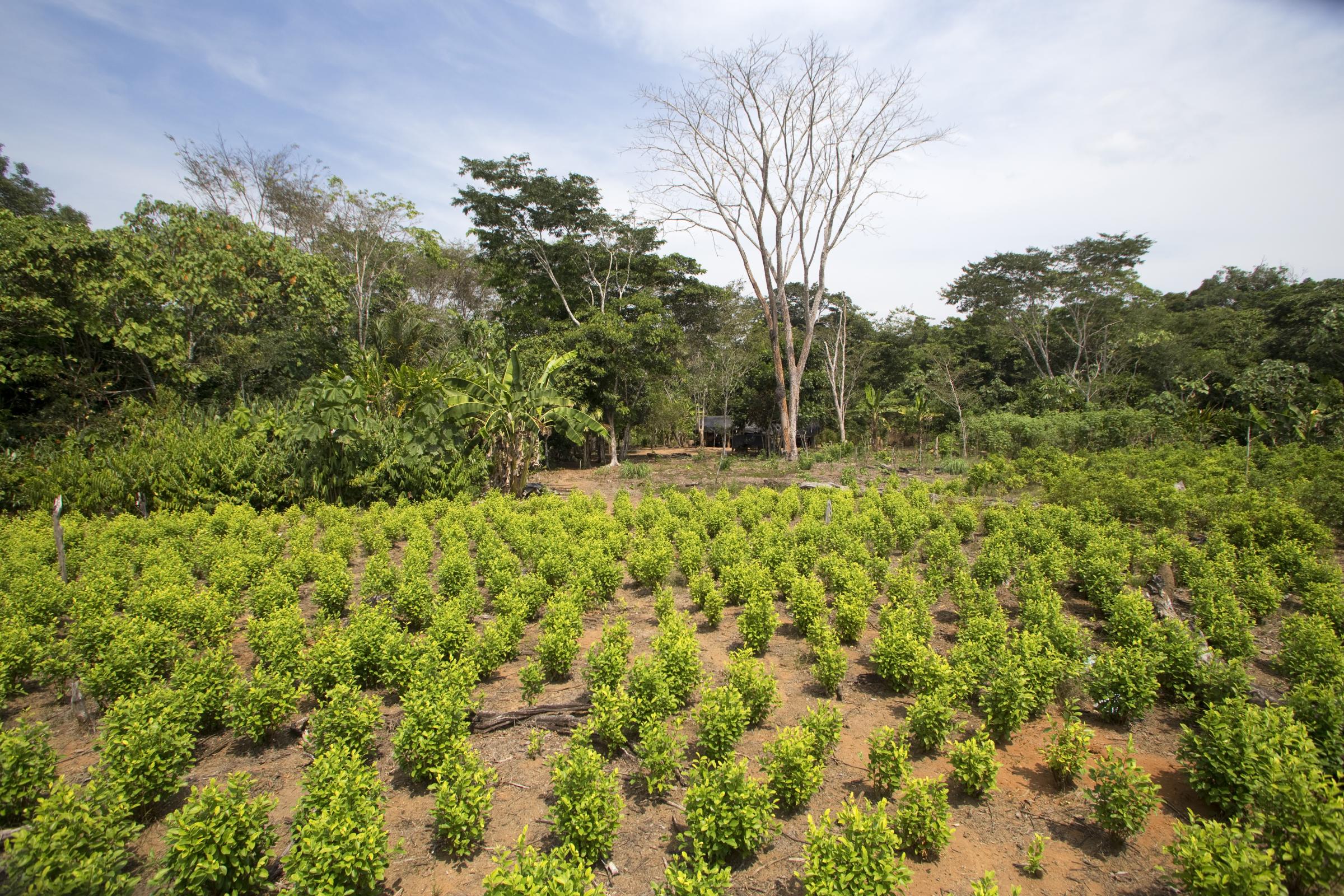
Rural area "La Paz" Guaviare, Colombia. Overview of a field planted...
READ ON
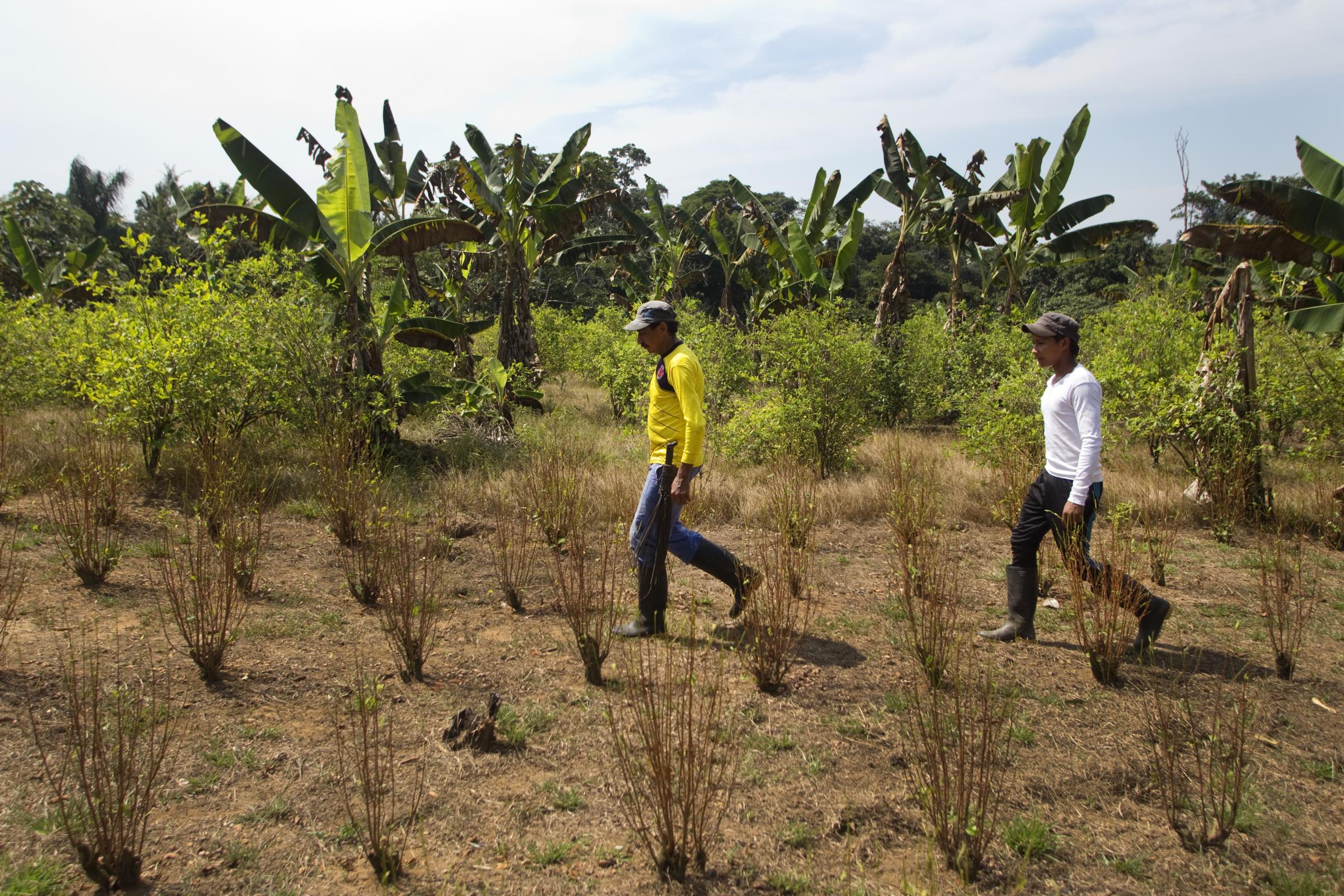
Rural area "La Paz" Guaviare, Colombia. Raul Angel Cuadros, grower...
READ ON
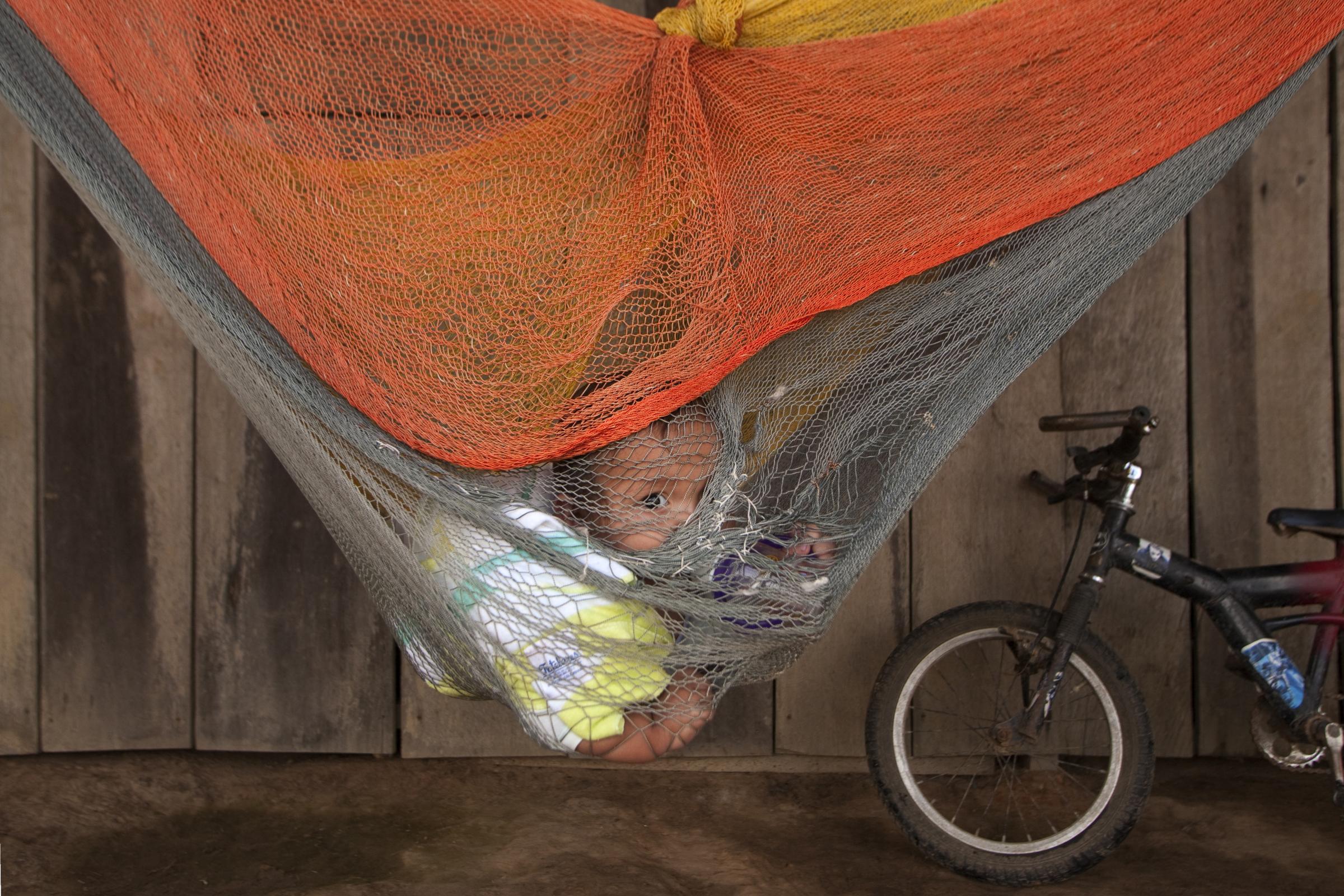
Rural area Puerto Colombia, Guaviare, Colombia. A child plays in a hammock in...
READ ON
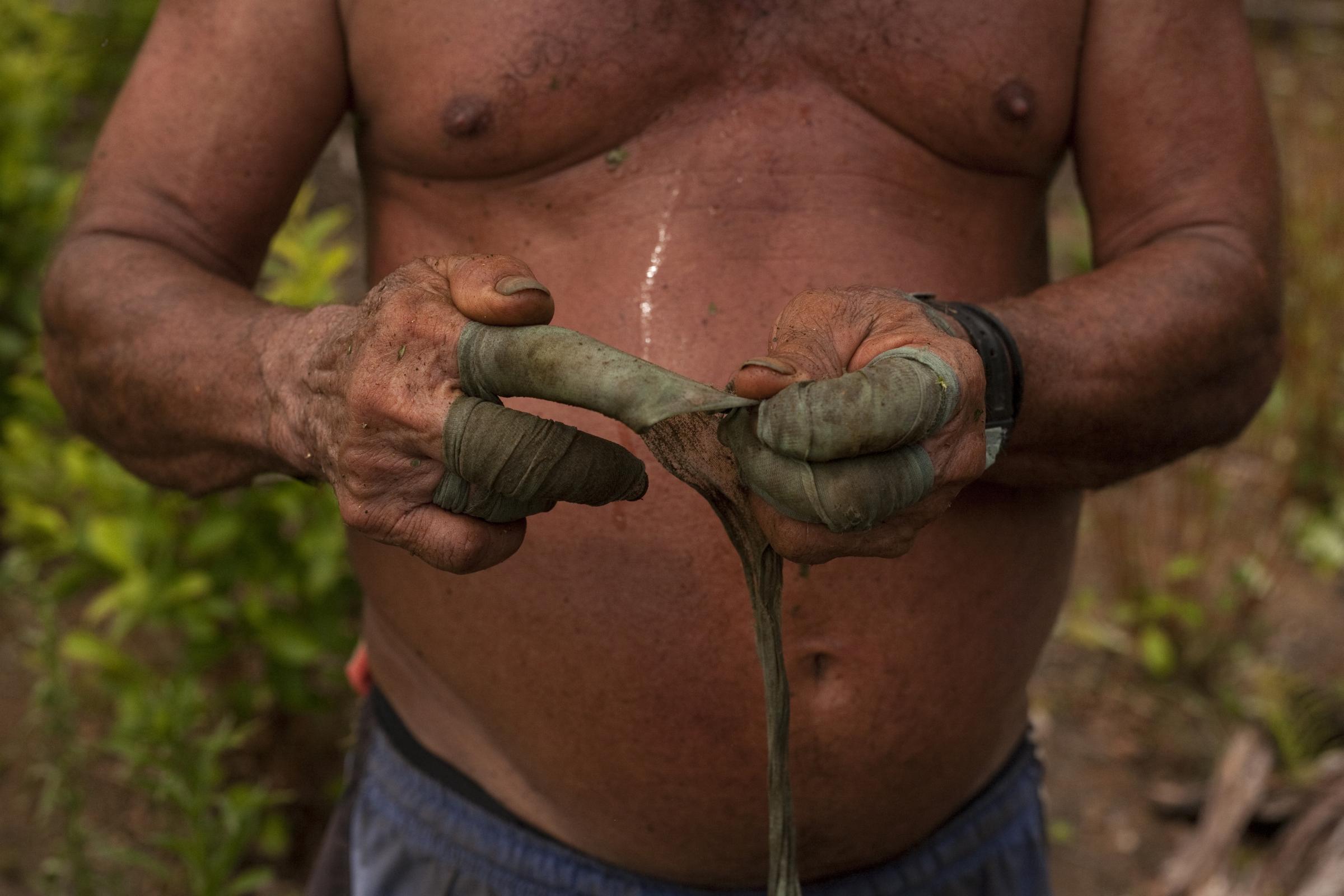
Rural area "La Paz", Guaviare, Colombia. Felix Otto Forero collects...
READ ON
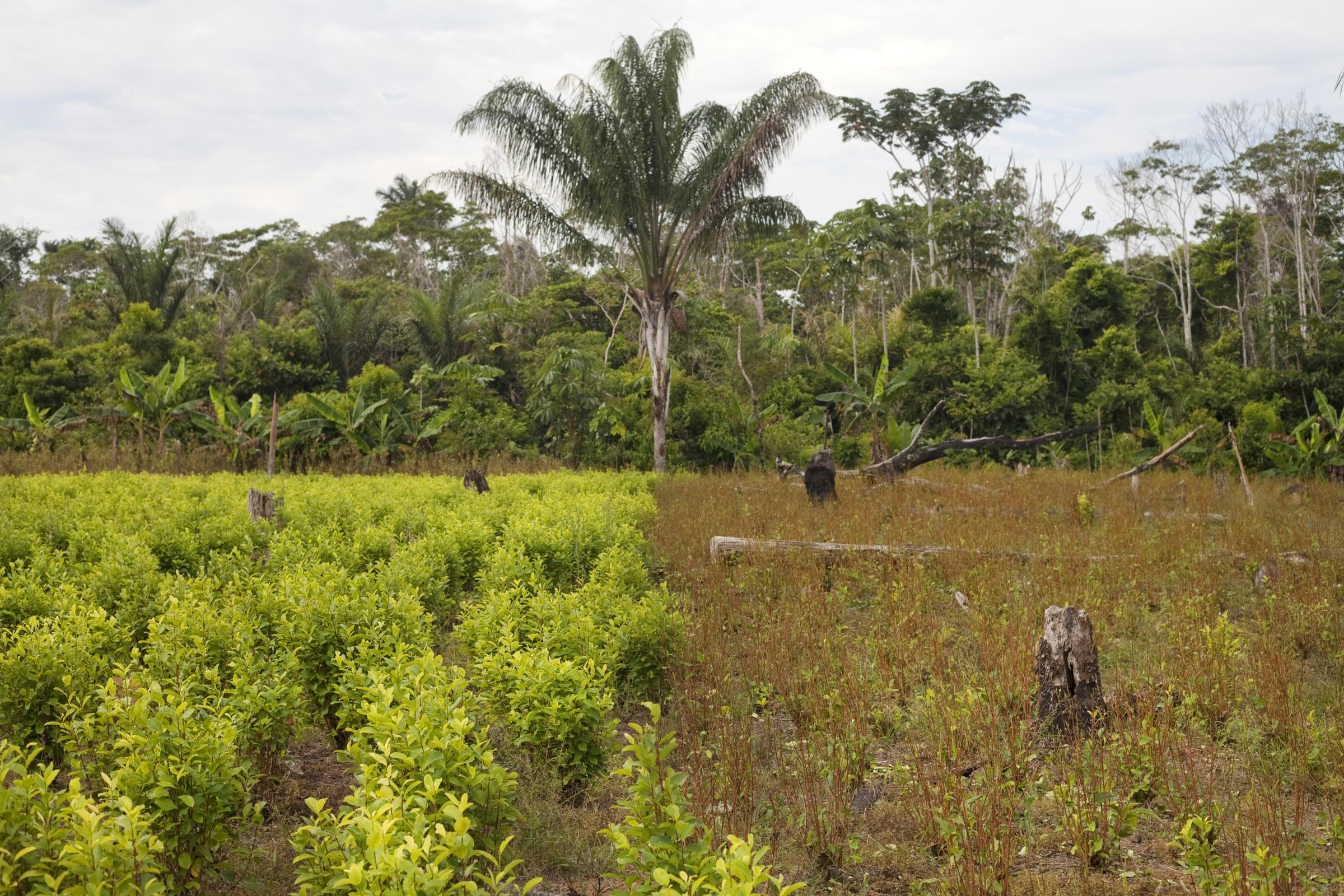
ZonRural area "La Paz" Guaviare, Colombia. Coca cultivation in the...
READ ON
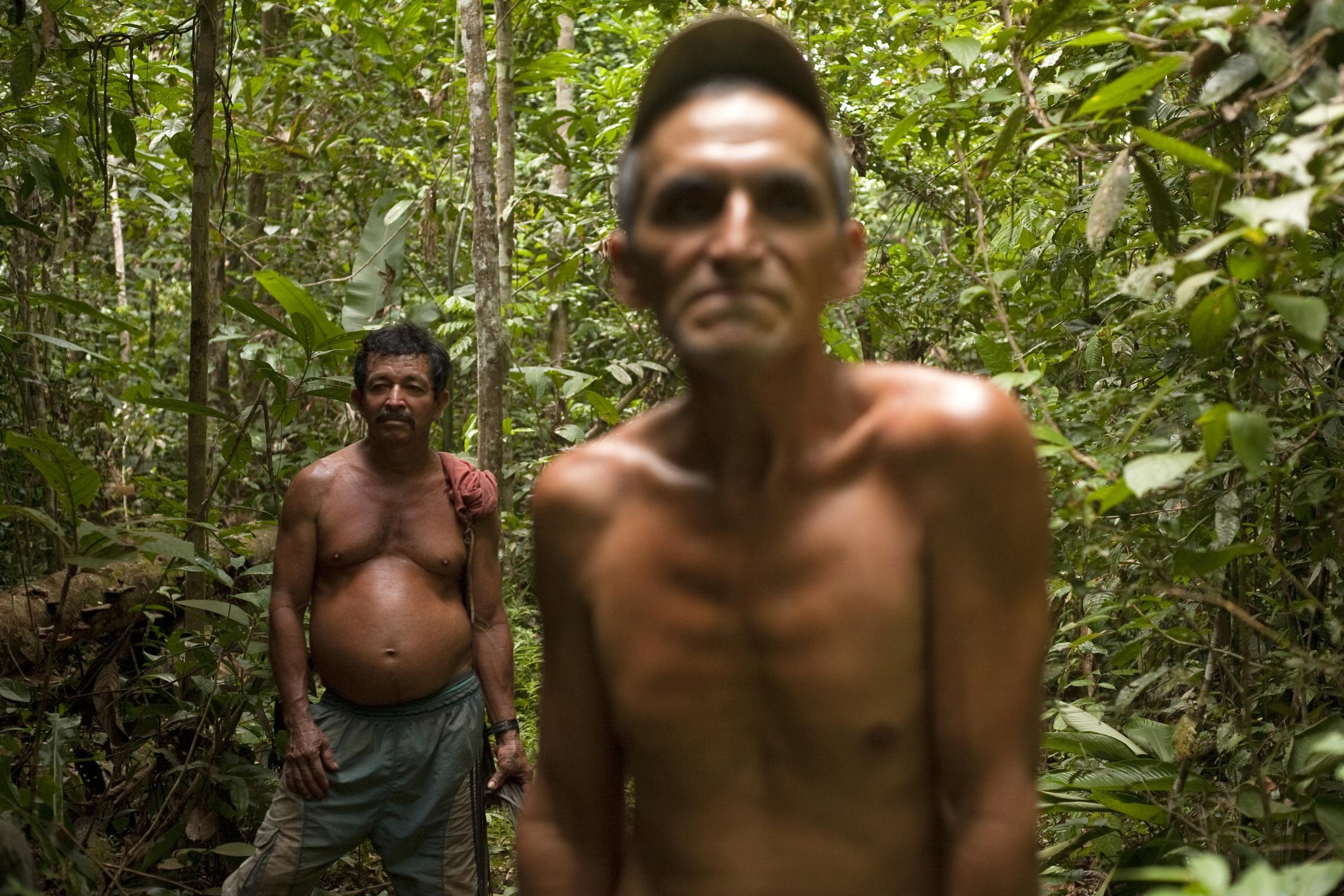
Rural area "La Paz" Guaviare, Colombia. Francisco Manuel Garcia (r)...
READ ON
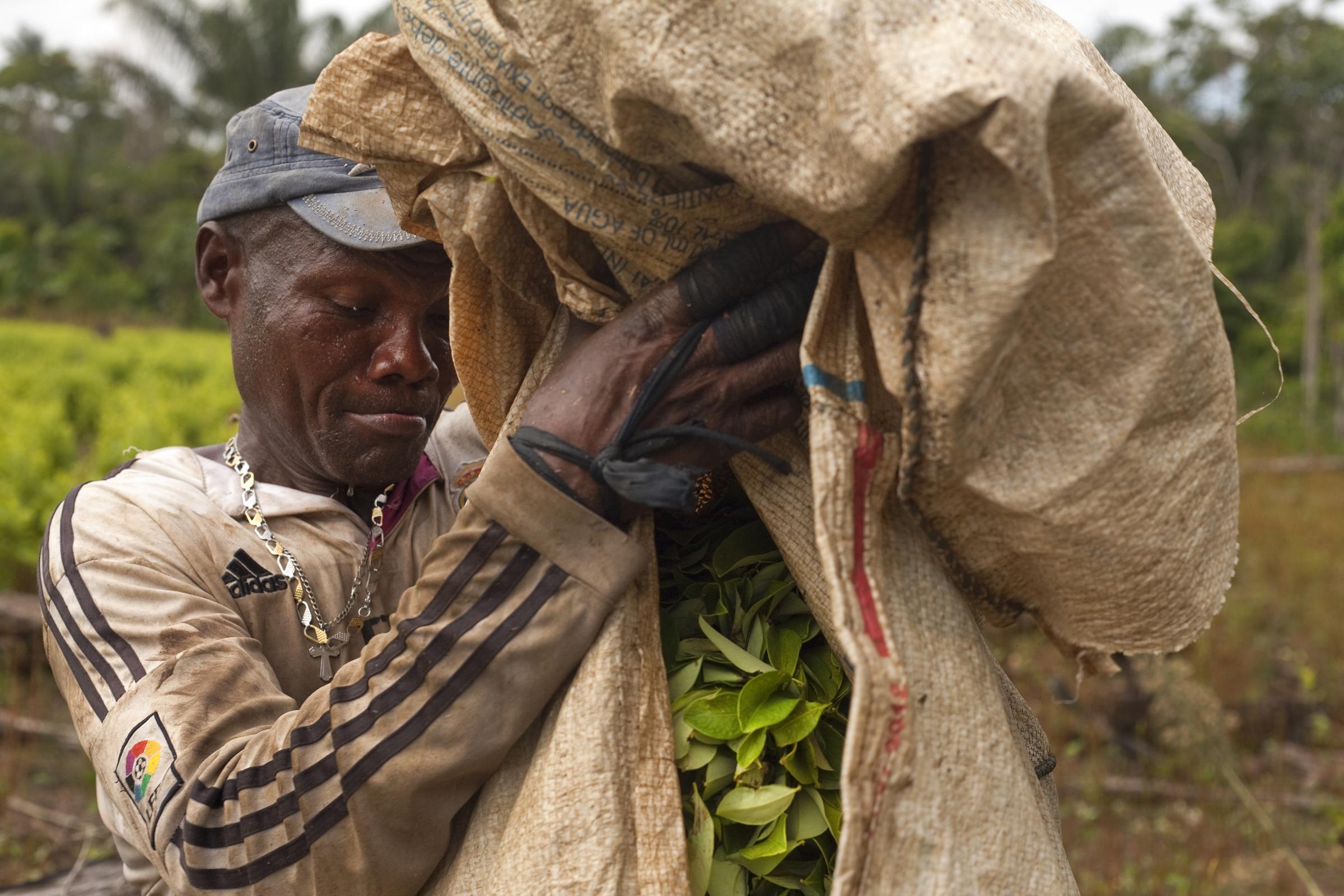
Rural area of "La Paz", Guaviare, Colombia. Don Nelo has over 20...
READ ON
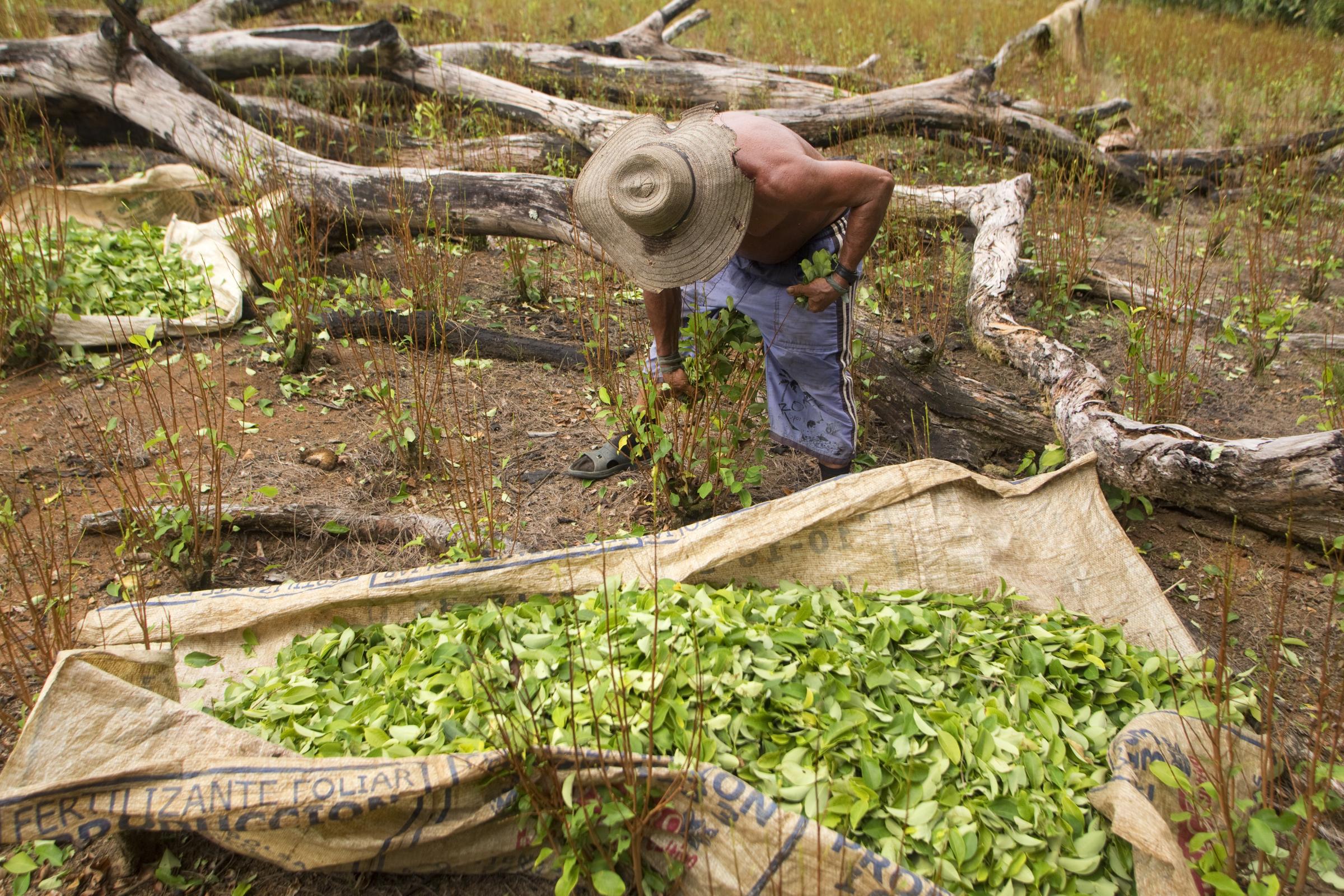
Rural area "La Paz", Guaviare, Colombia. Otto Felix Forero collects...
READ ON
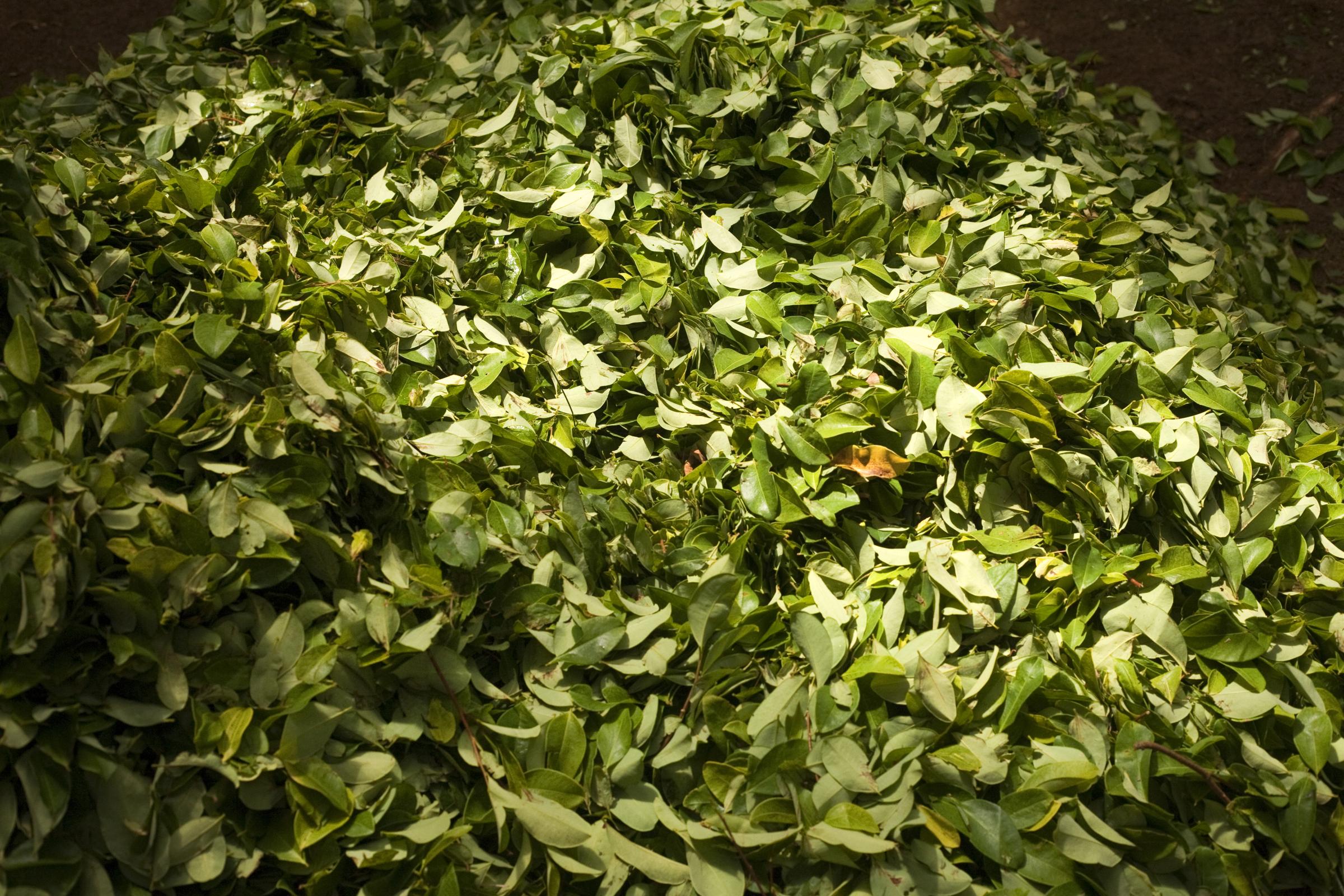
Rural area of "La Paz", Guaviare, Colombia. A pile of coca leaves...
READ ON
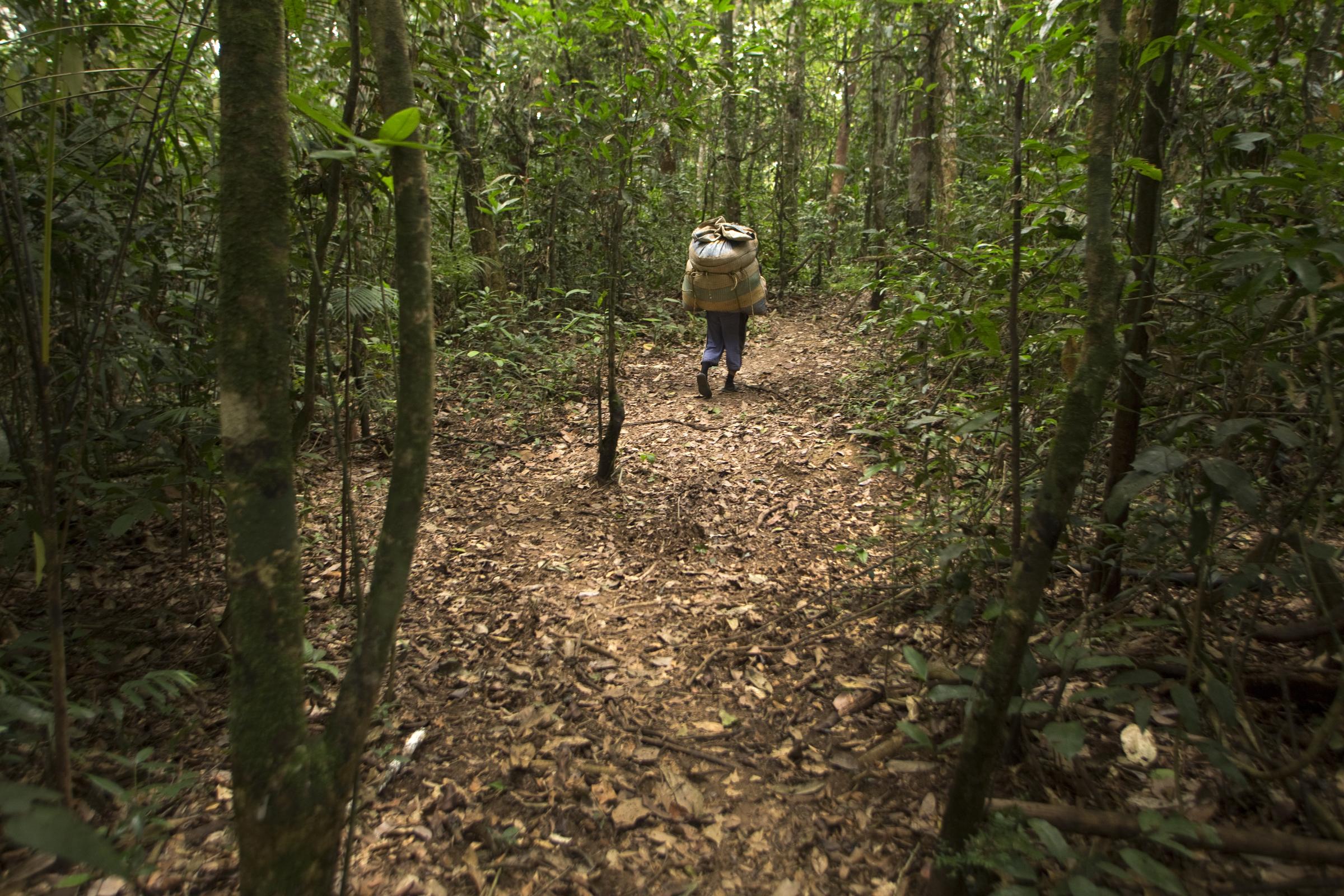
Rural area "La Paz", Guaviare, Colombia. Otto takes a load of more...
READ ON

Rural area "La Paz" Guaviare, Colombia. Aida Rodriguez Sanchez and...
READ ON
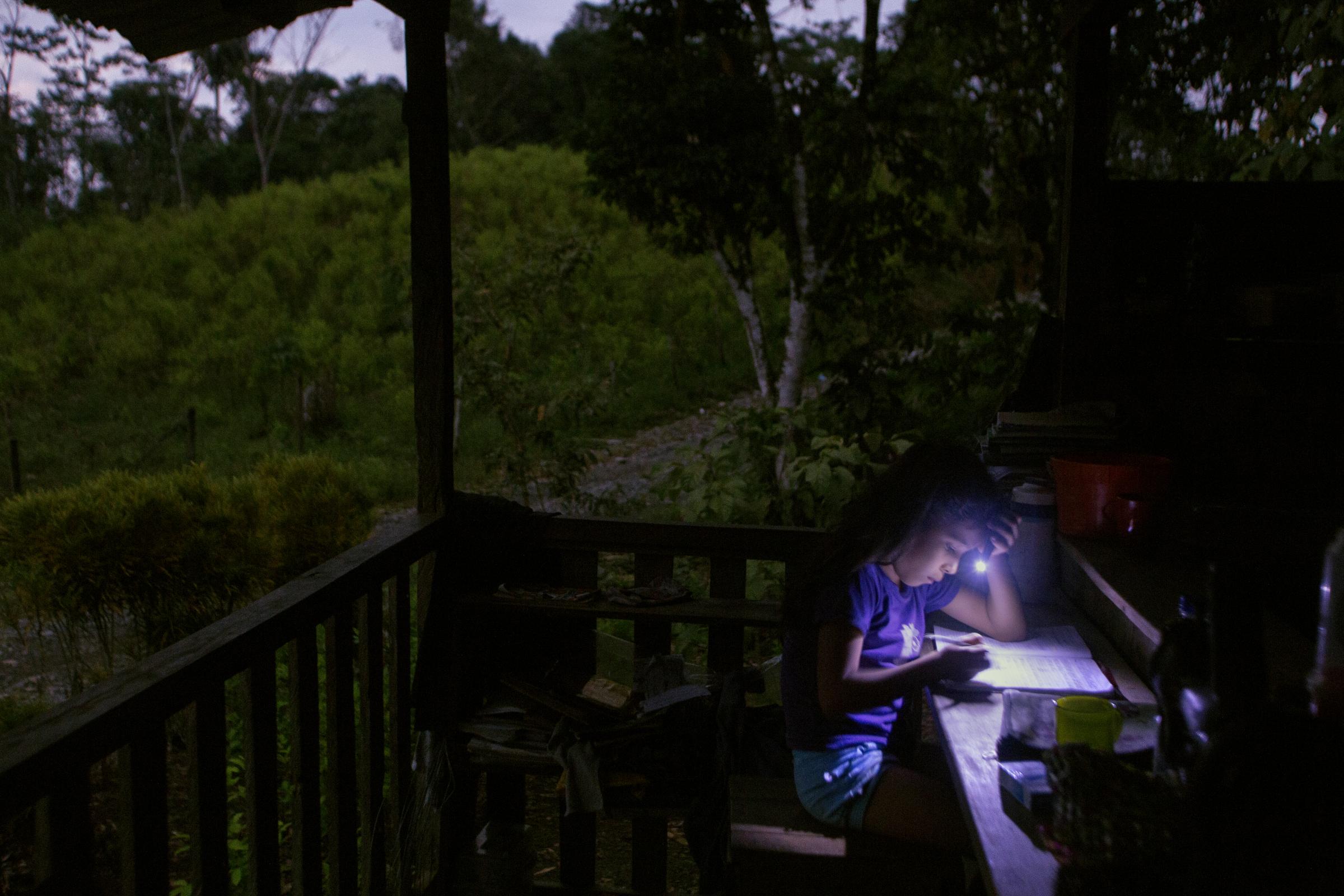
Rural area "El Tandil", Nariño, Colombia. A girl studies at...
READ ON
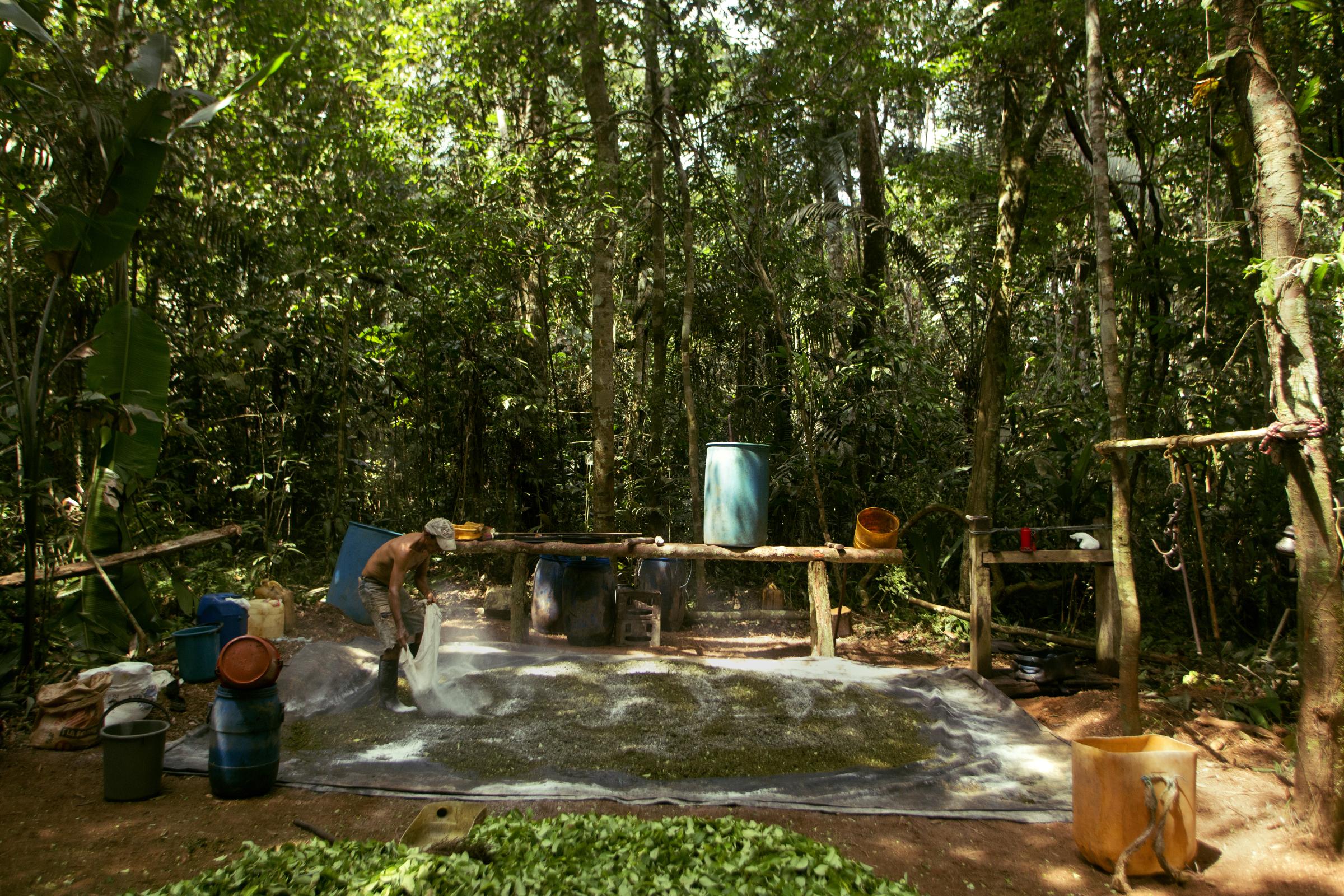
Rural area "La Paz" Guaviare, Colombia. A man mixes a mixture of...
READ ON
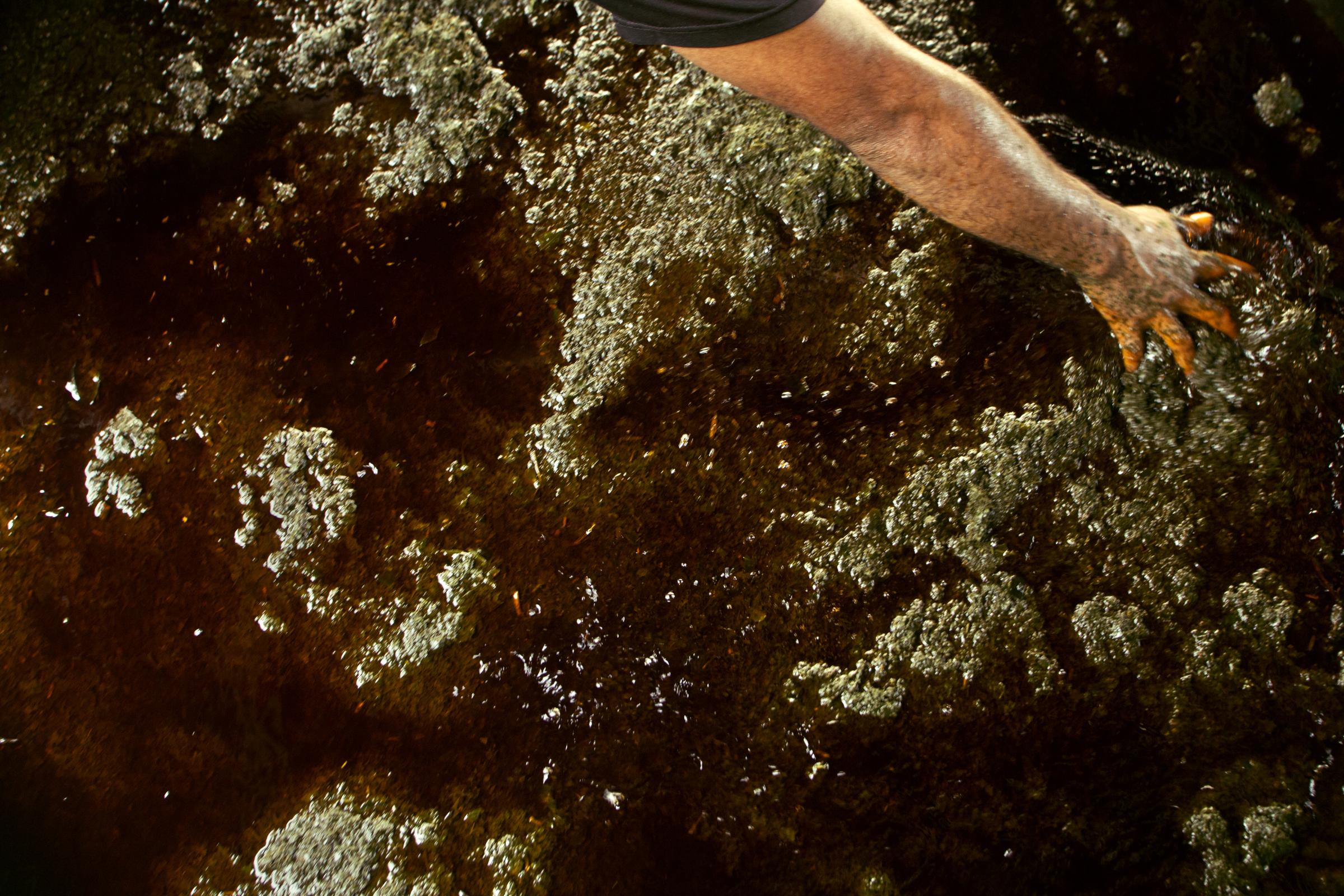
Rural area "El Tandil", Nariño, Colombia. A man shakes with...
READ ON
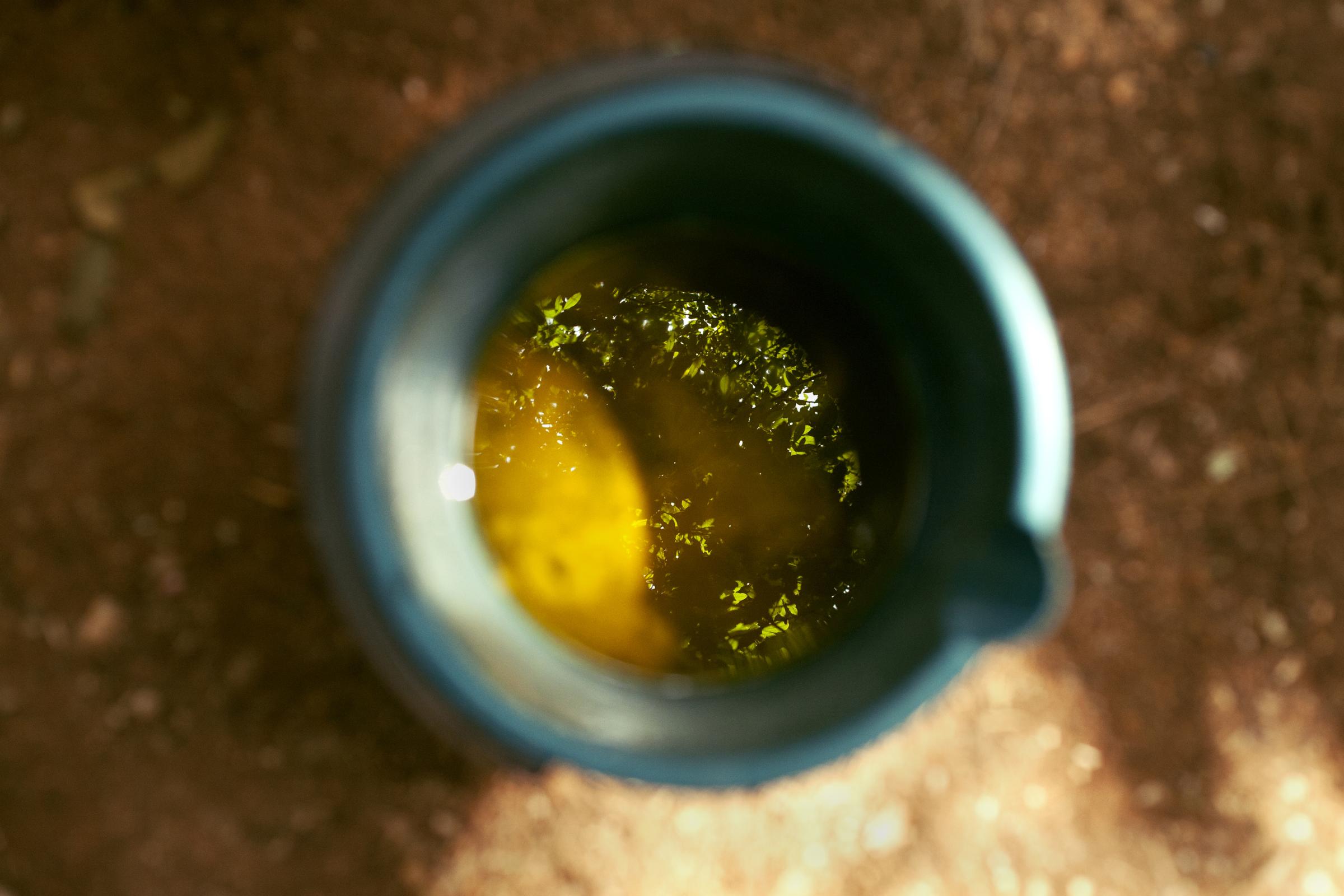
Rural area "La Paz" Guaviare, Colombia. Final combination of the...
READ ON
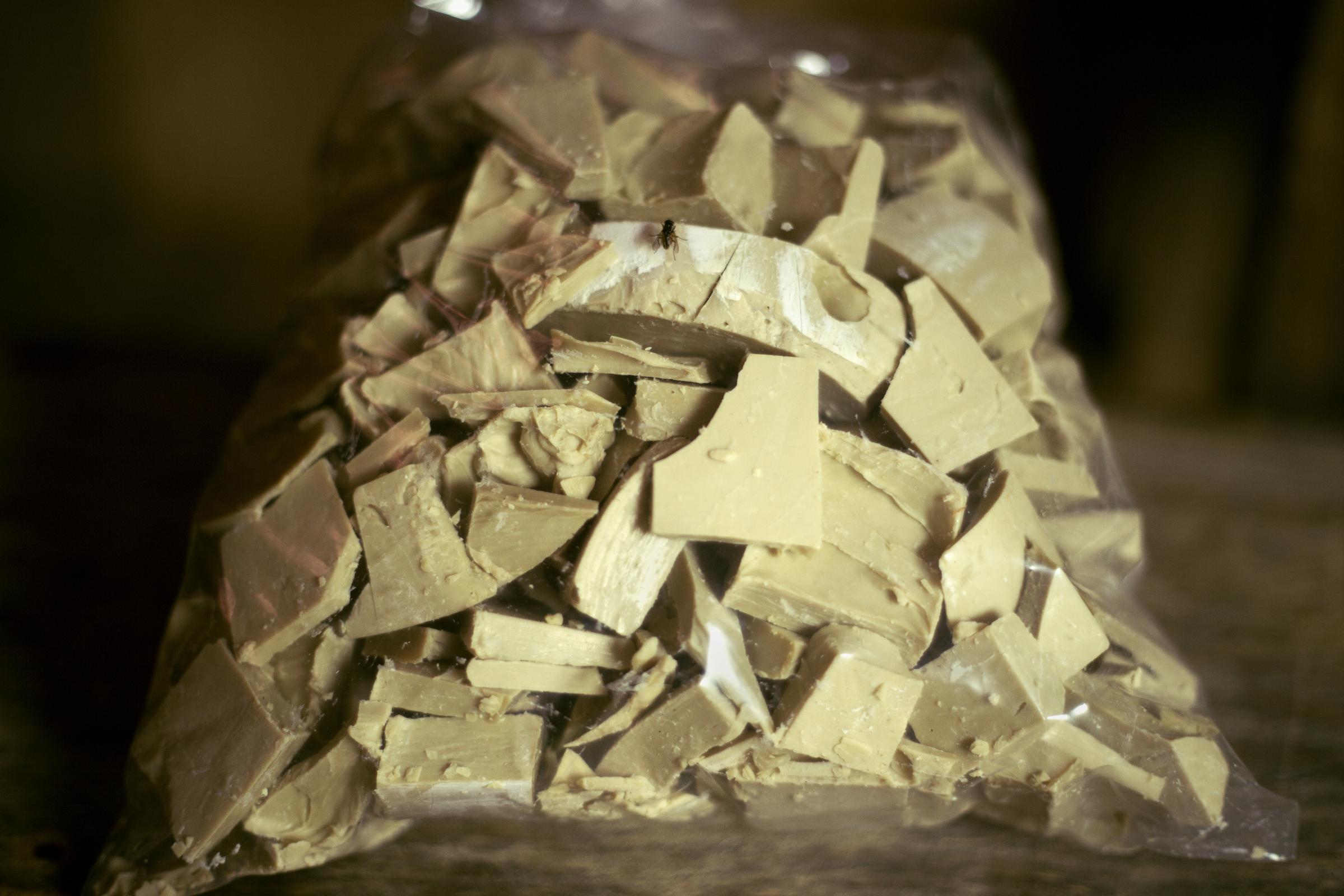
Rural Area of "La Paz", Guaviare, Colombia. Freshly prepared coca...
READ ON
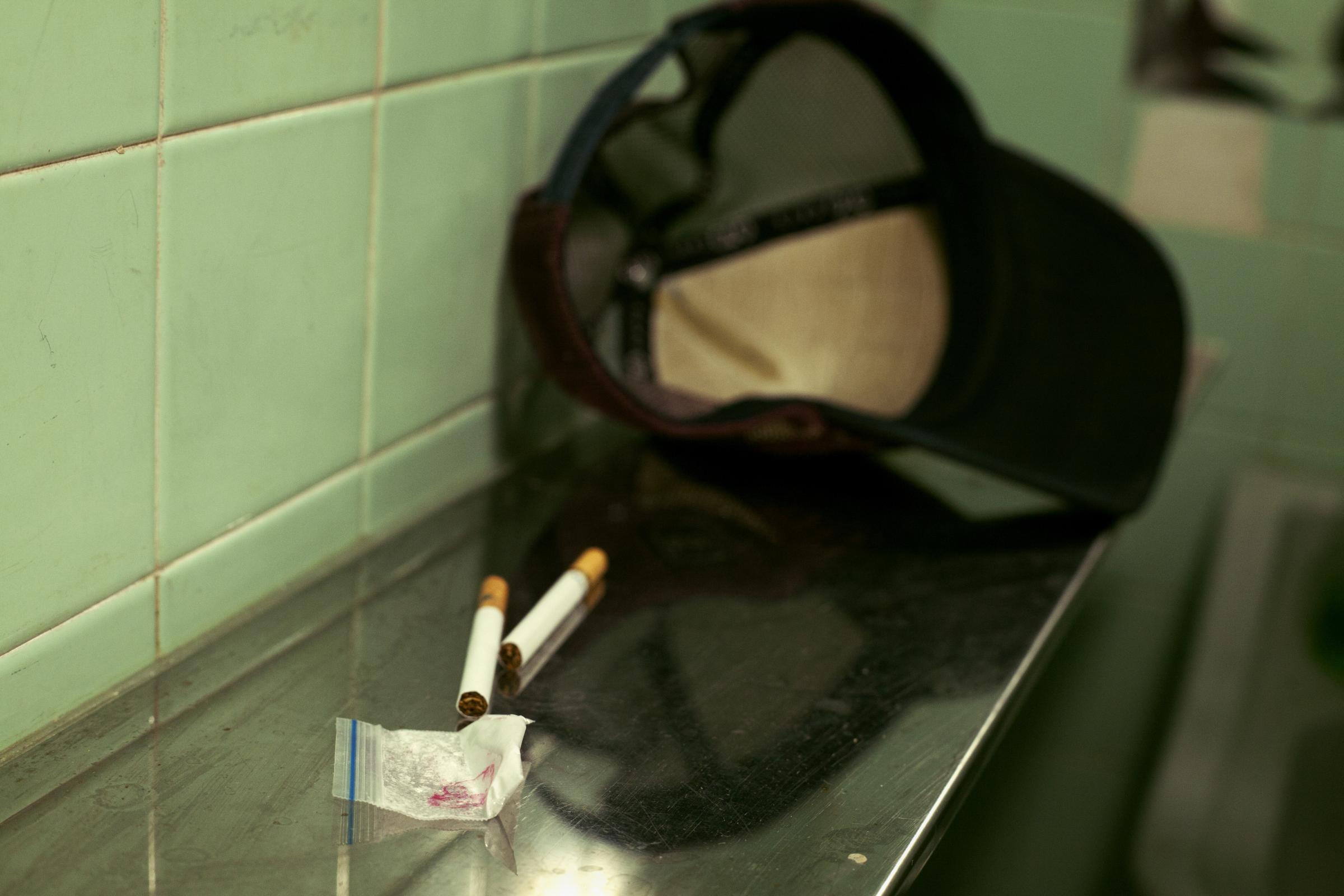
Bogotá, Colombia. Dosage of cocaine, belonging to Andrés...
READ ON
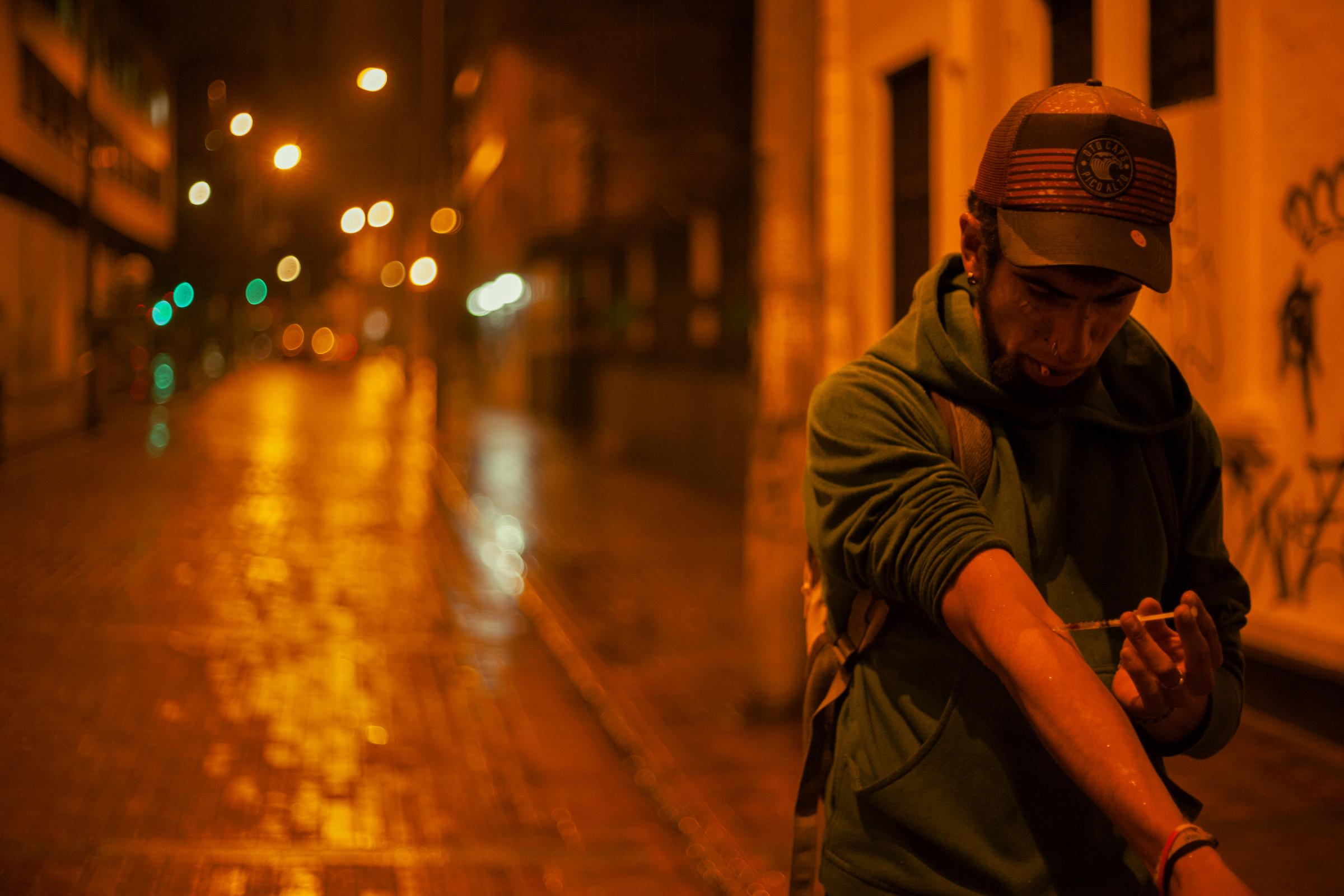
Bogotá, Colombia. Andrés Cuestas or "Putapunk", a...
READ ON

Bogotá, Colombia. Alejandra Rodríguez and Sebastián...
READ ON
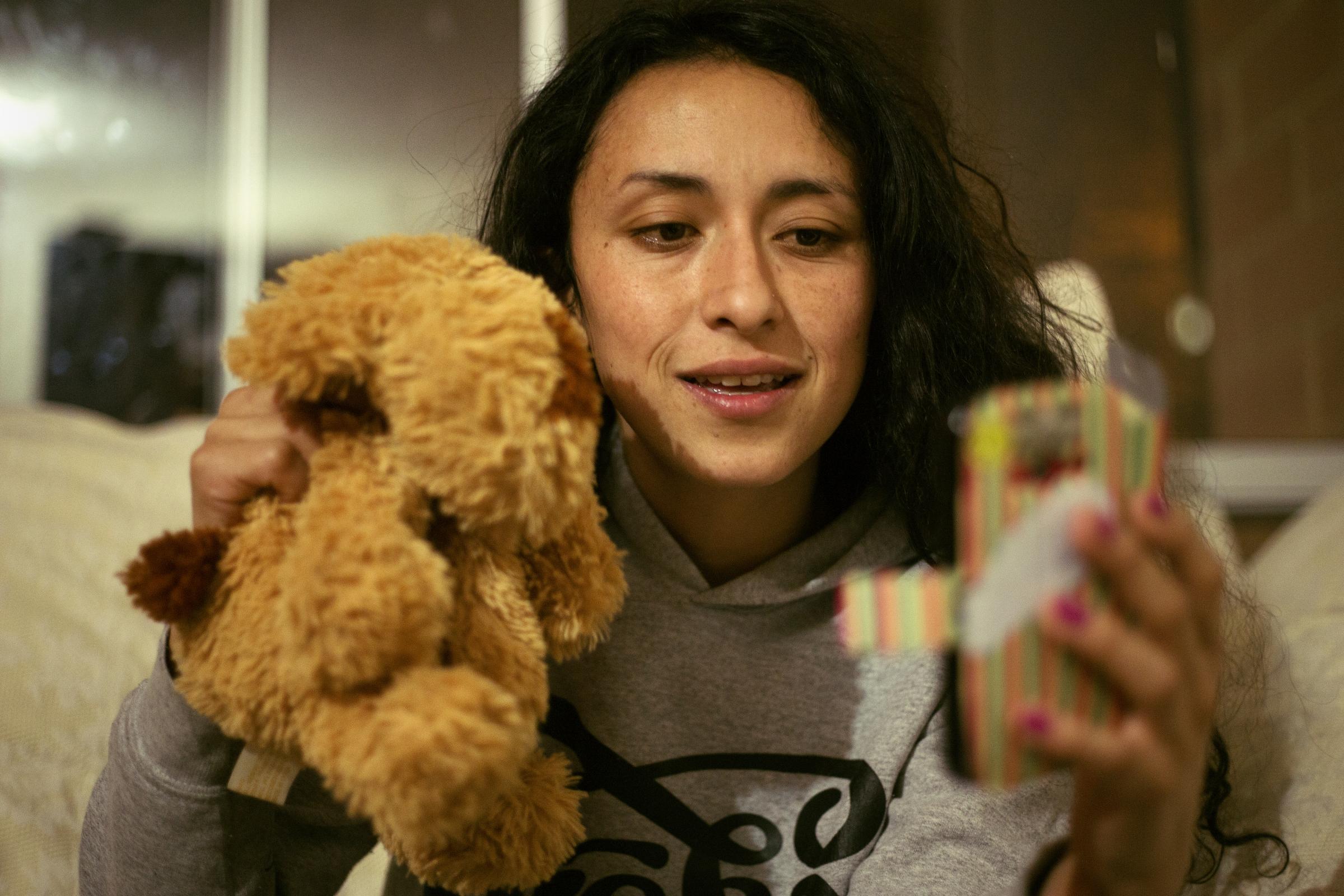
Bogotá, Colombia. Alejandra Rodríguez greets her daughter...
READ ON
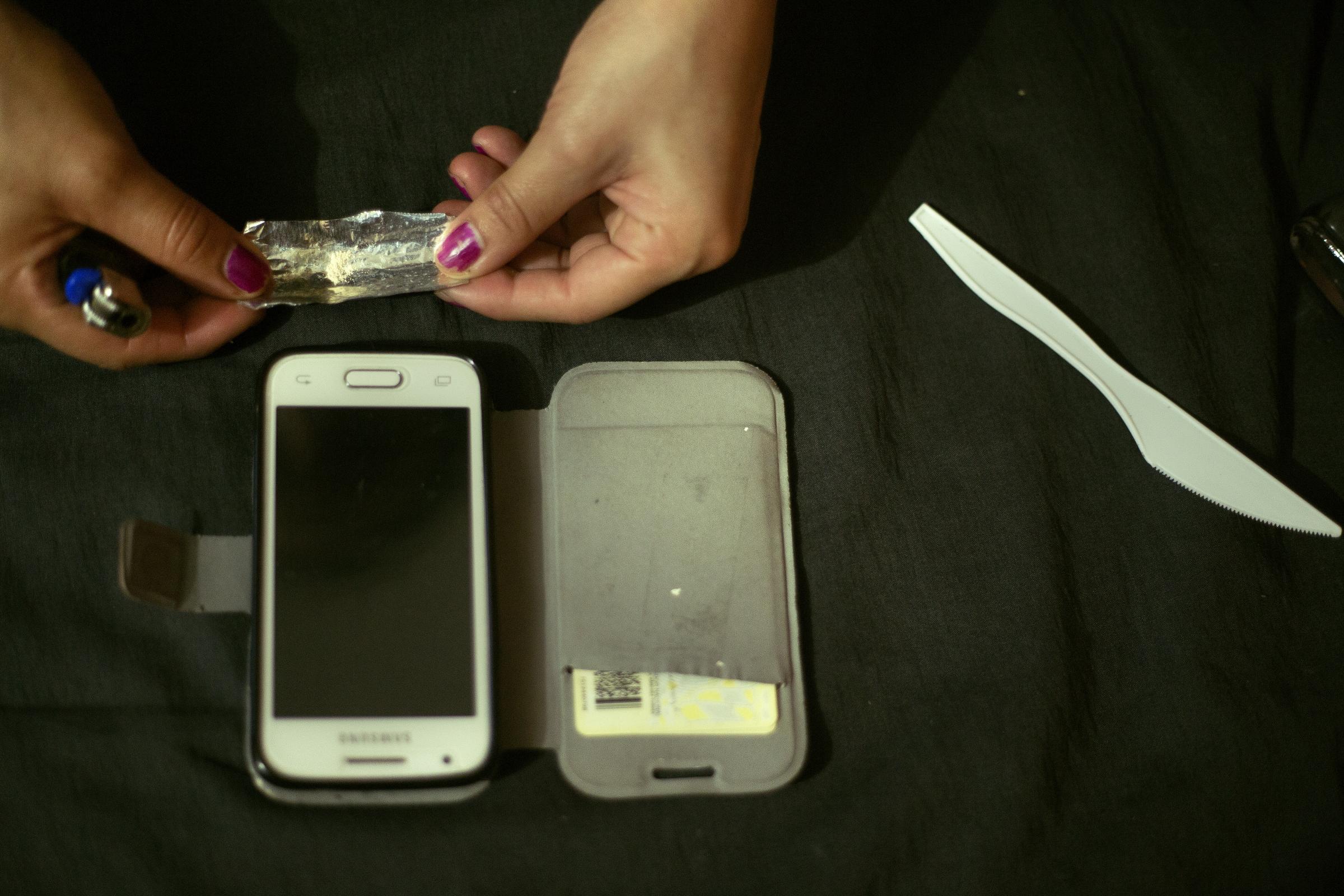
Bogotá, Colombia. Alejandra Rodríguez is a habitual consumer of...
READ ON
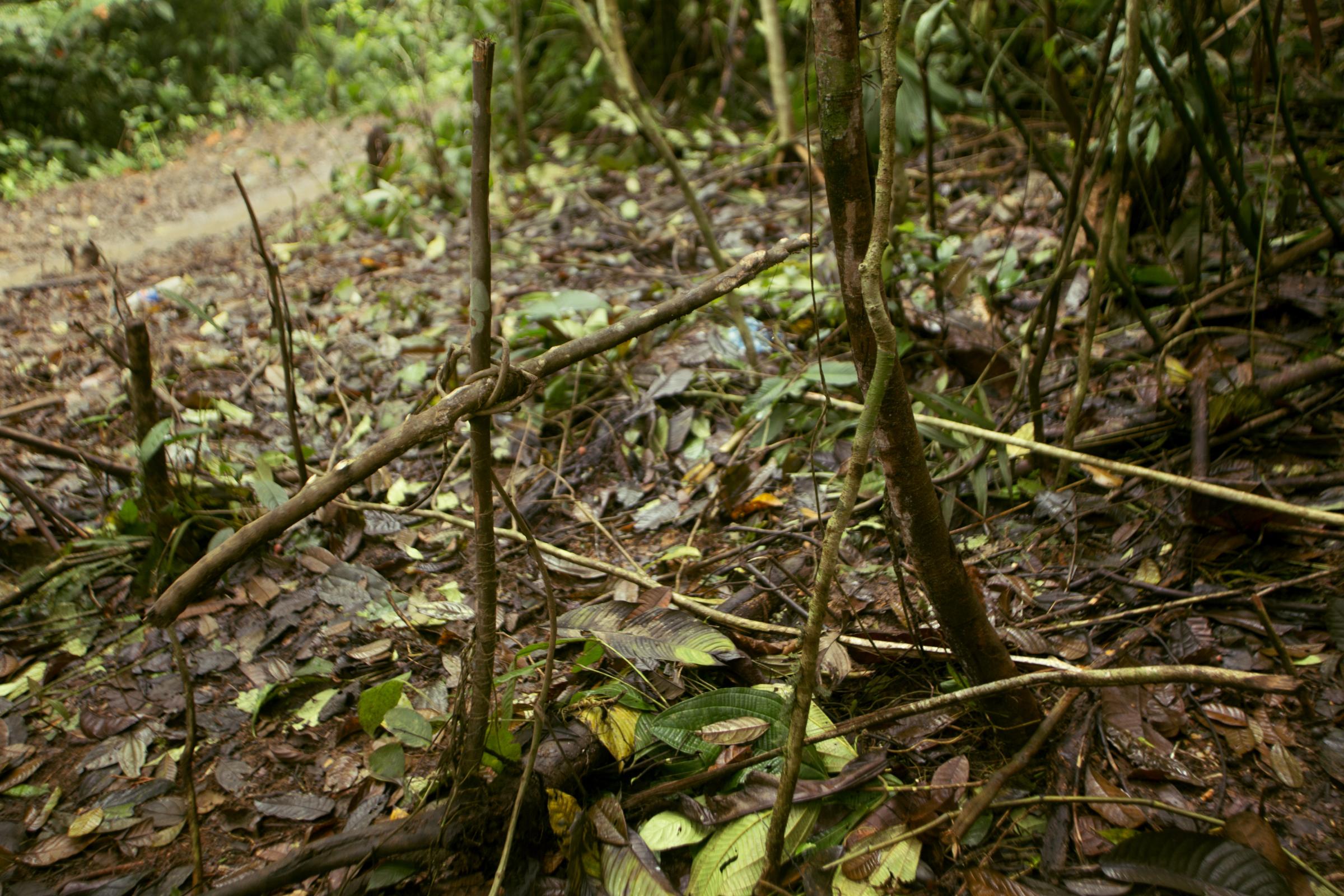
Rural area of "El Tandil", Nariño, Colombia. Place where...
READ ON
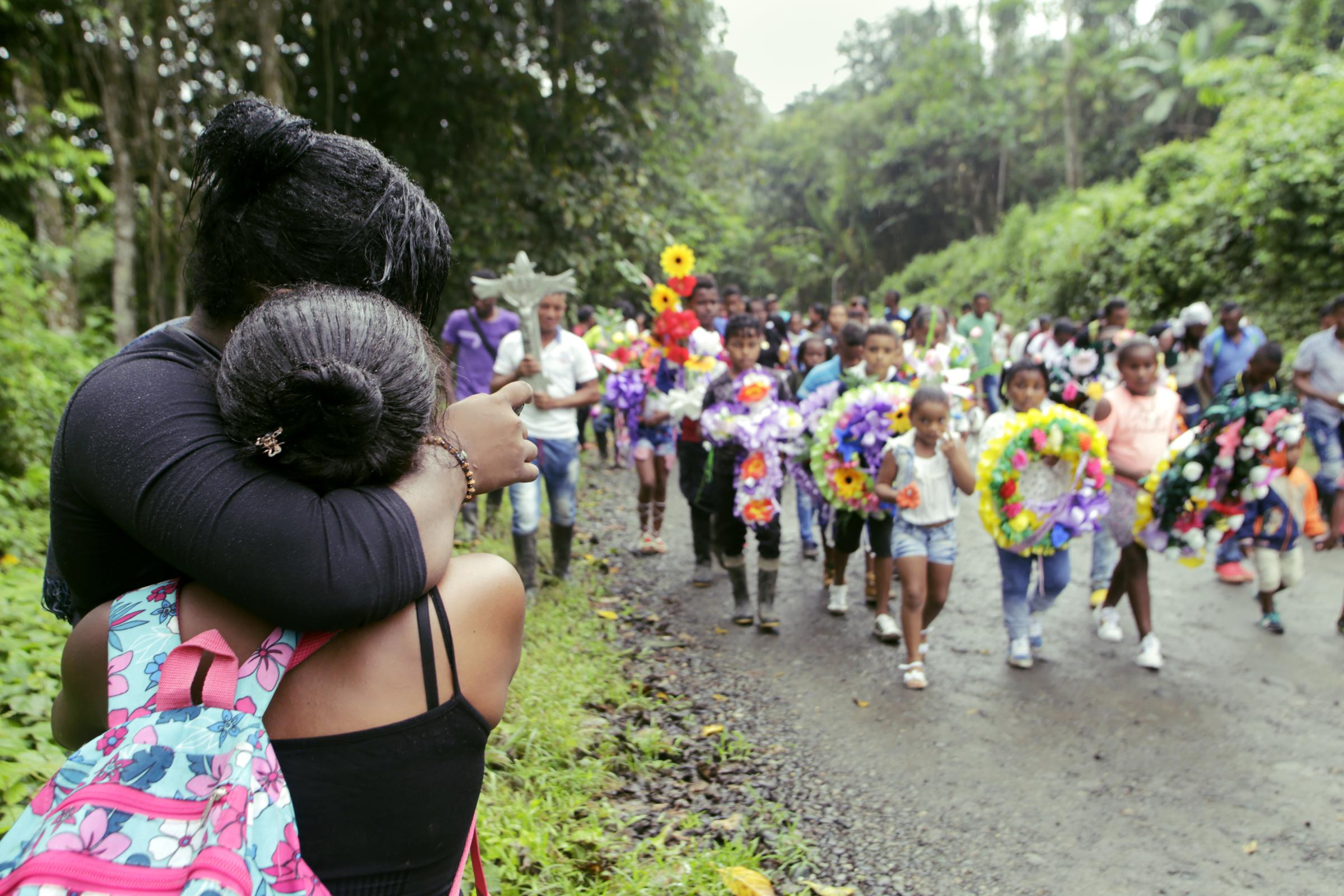
Rural area of "El Playón", Nariño, Colombia. A couple...
READ ON

Rural area of "El Playón", Nariño, Colombia. A...
READ ON
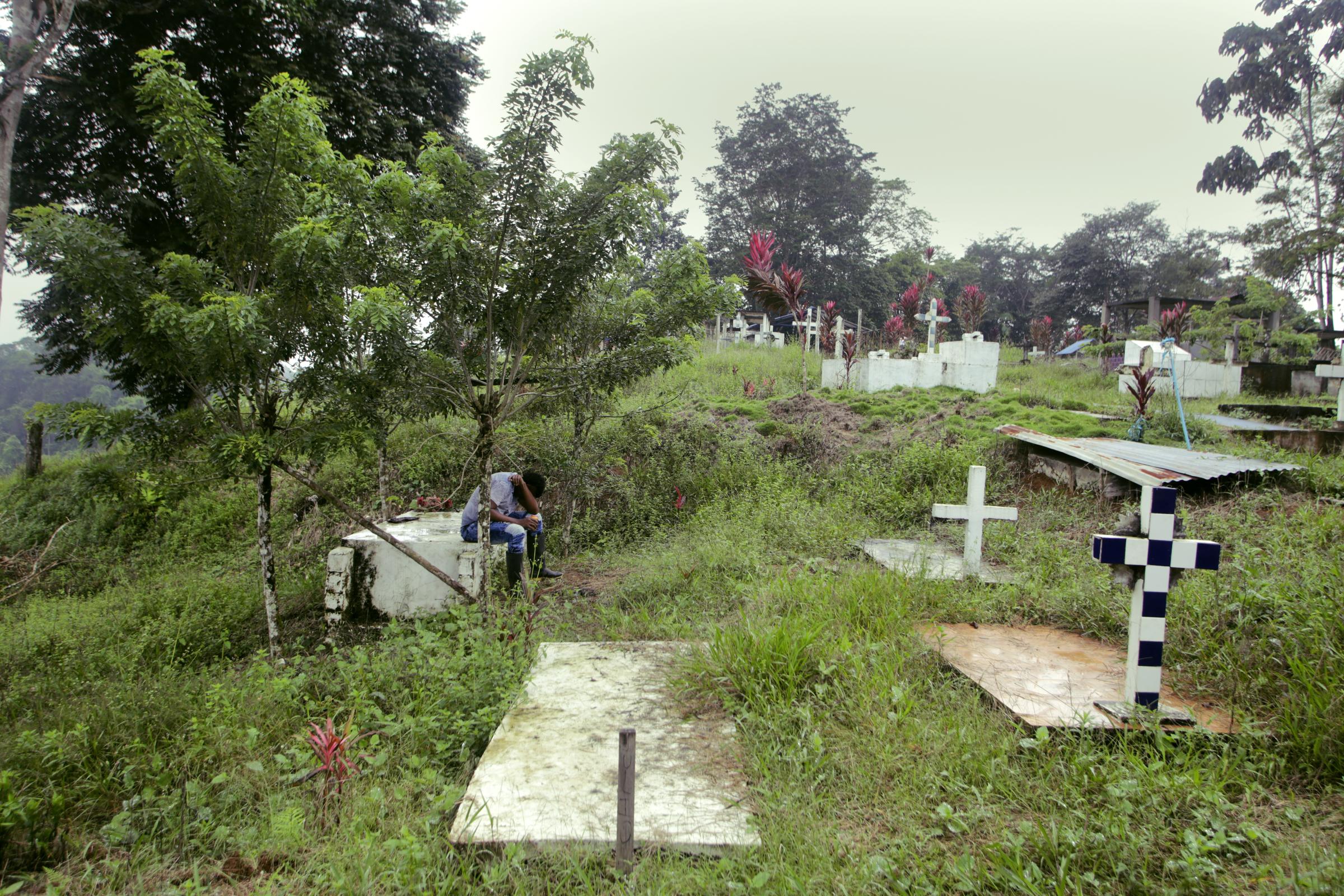
Rural area of "El Playón", Nariño, Colombia. A...
READ ON
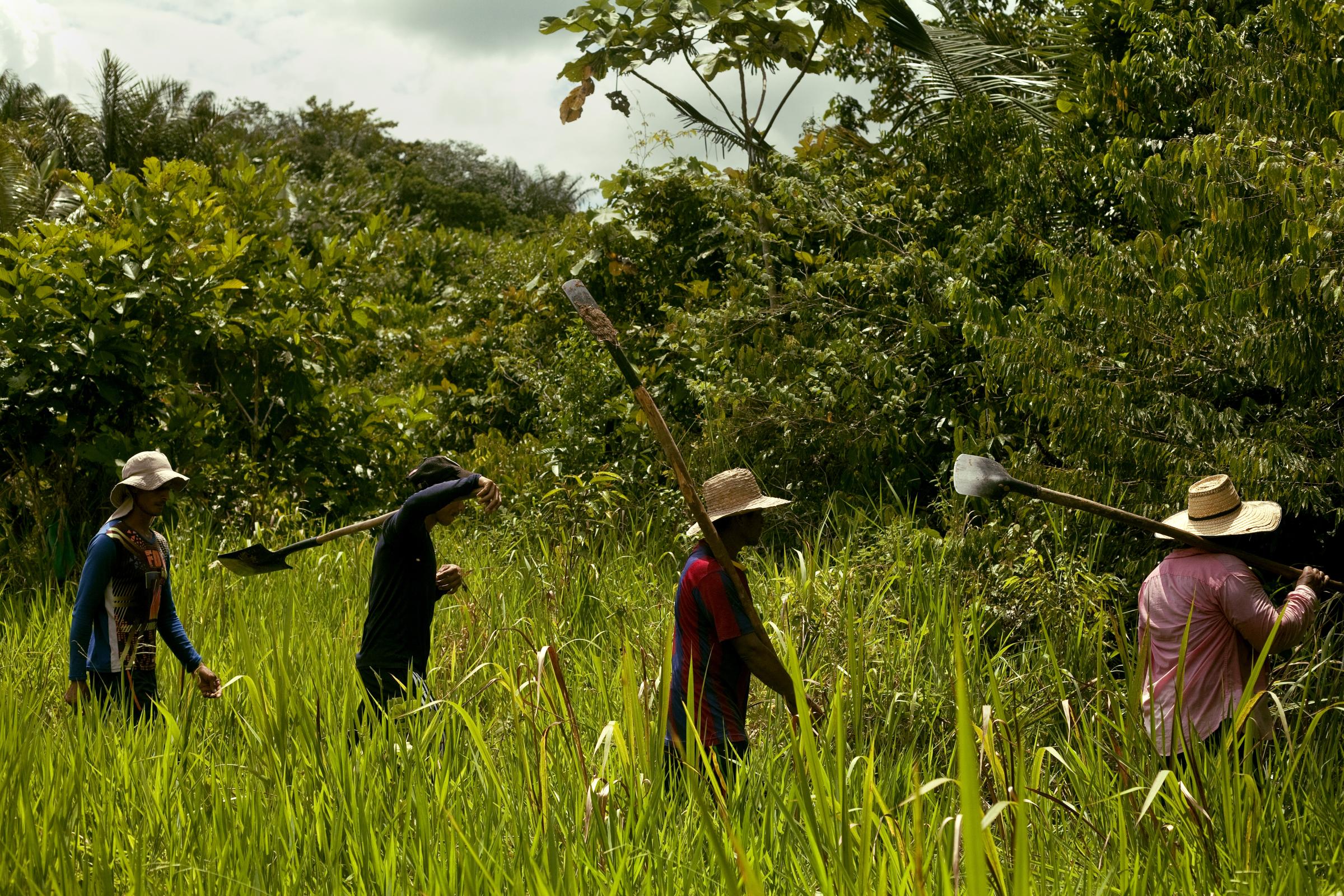
La Montañita, Caquetá, Colombia. A group of peasants...
READ ON
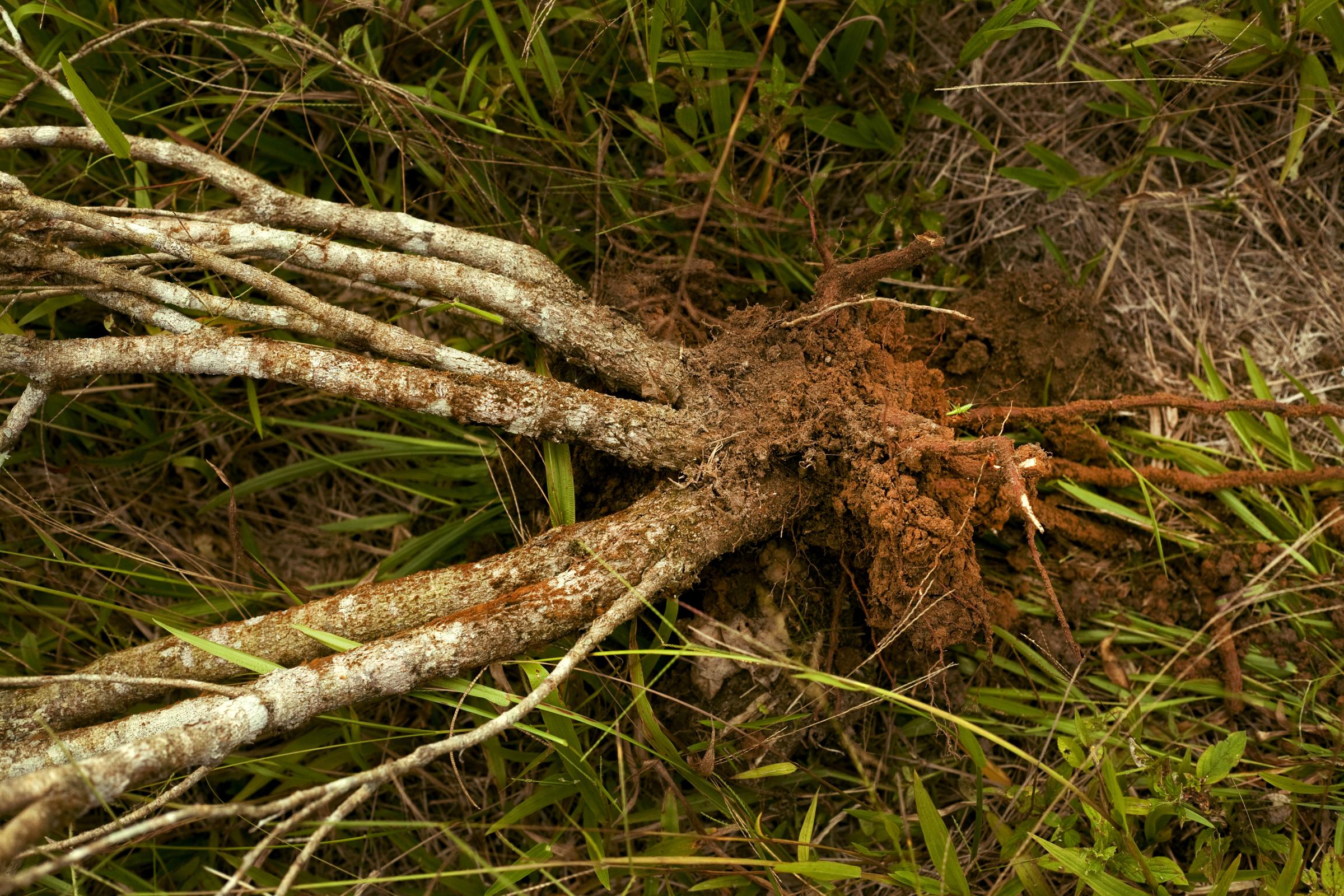
La Montañita, Caquetá, Colombia. A group of peasants...
READ ON
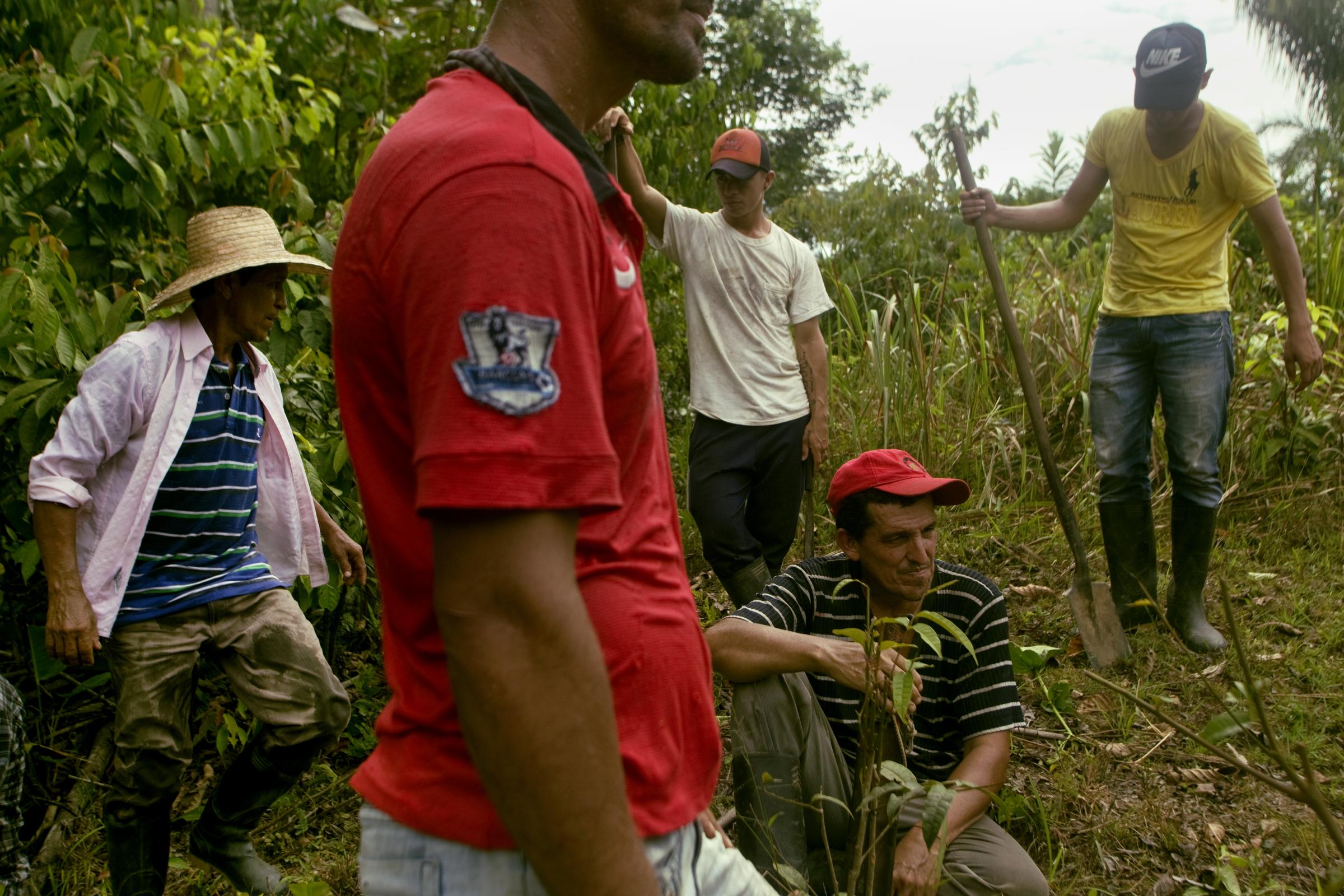
La Montañita, Caquetá, Colombia. A group of peasants...
READ ON
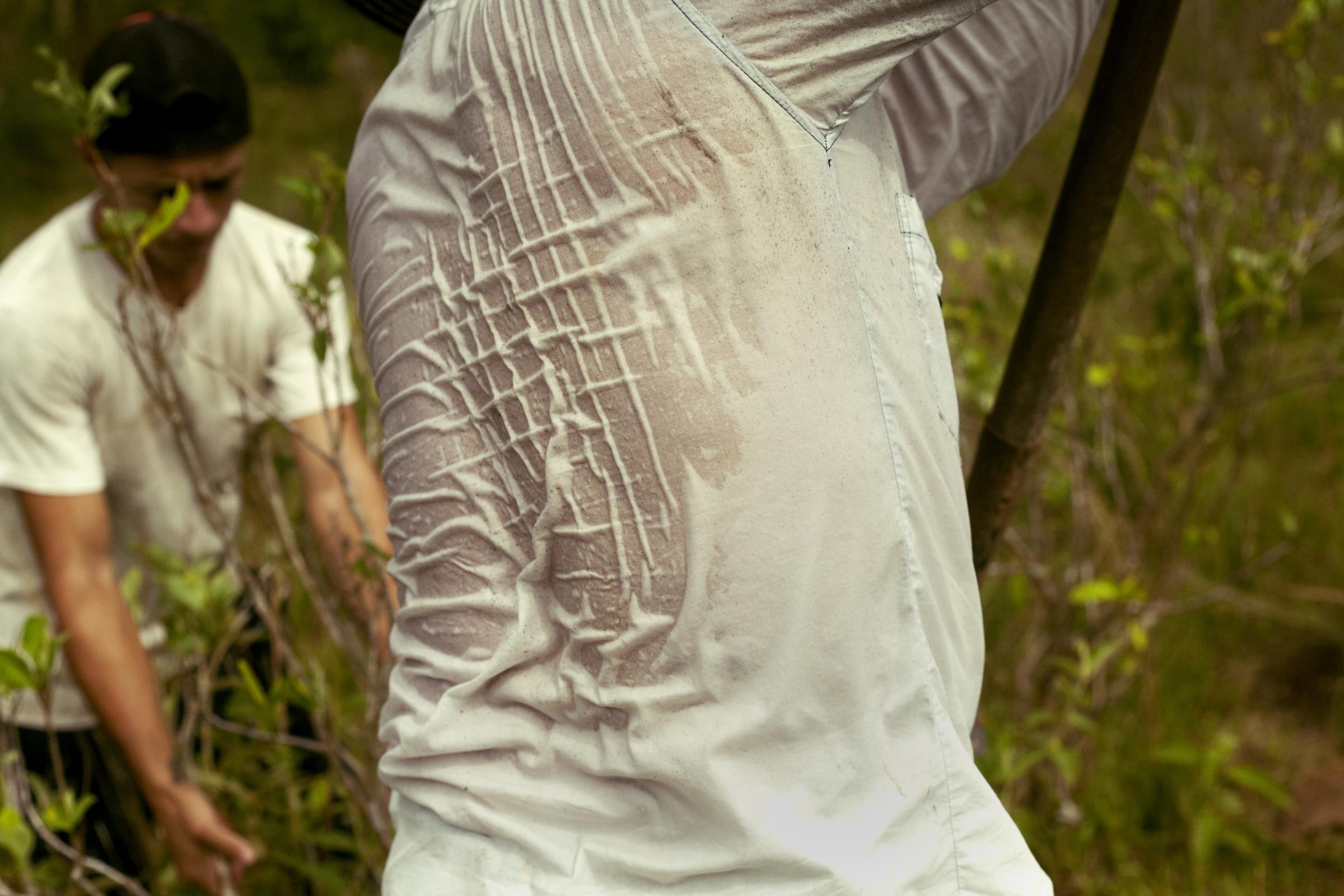
La Montañita, Caquetá, Colombia. A group of peasants...
READ ON
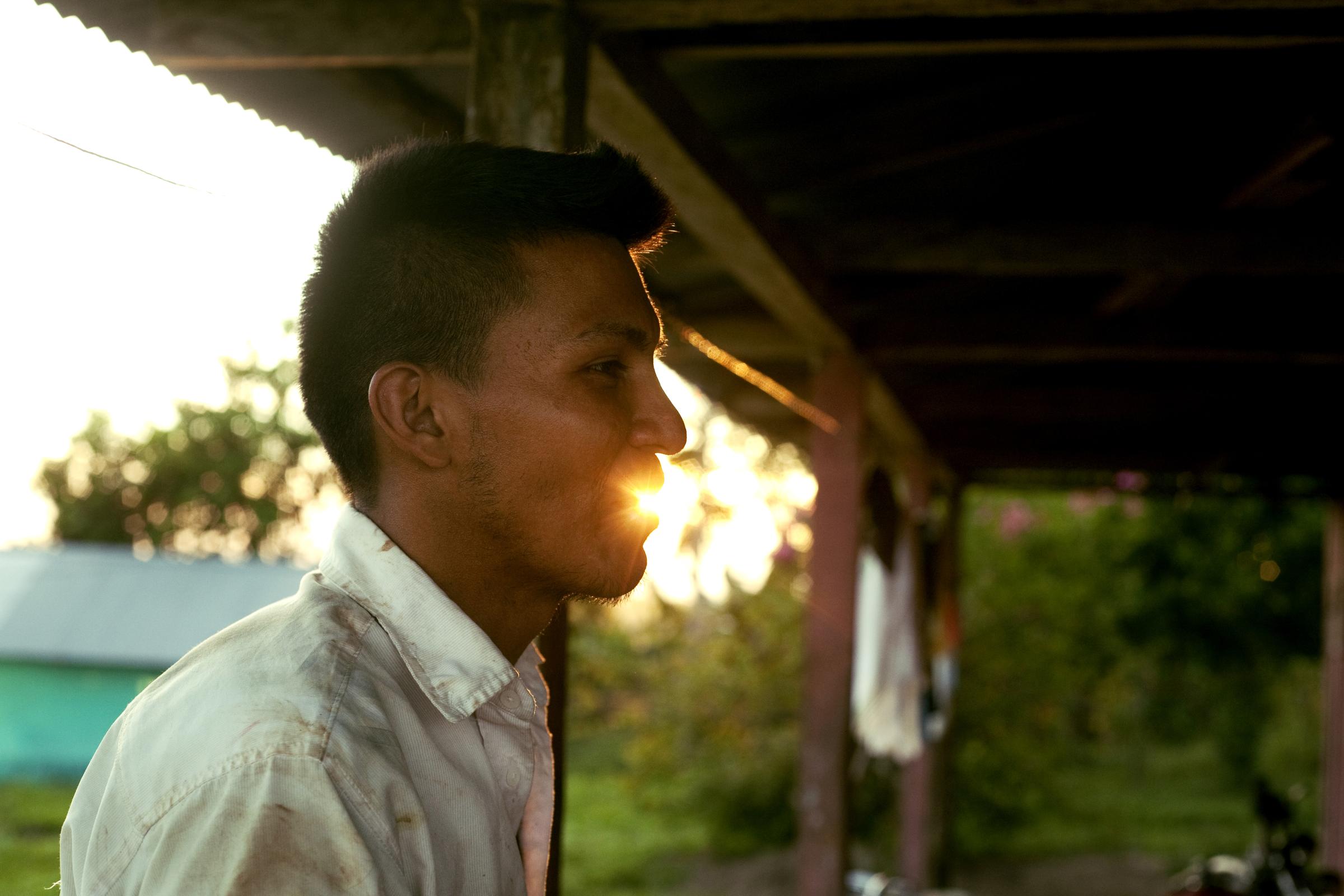
La Montañita, Caquetá, Colombia.. Hans Anderson Figueroa, 23...
READ ON
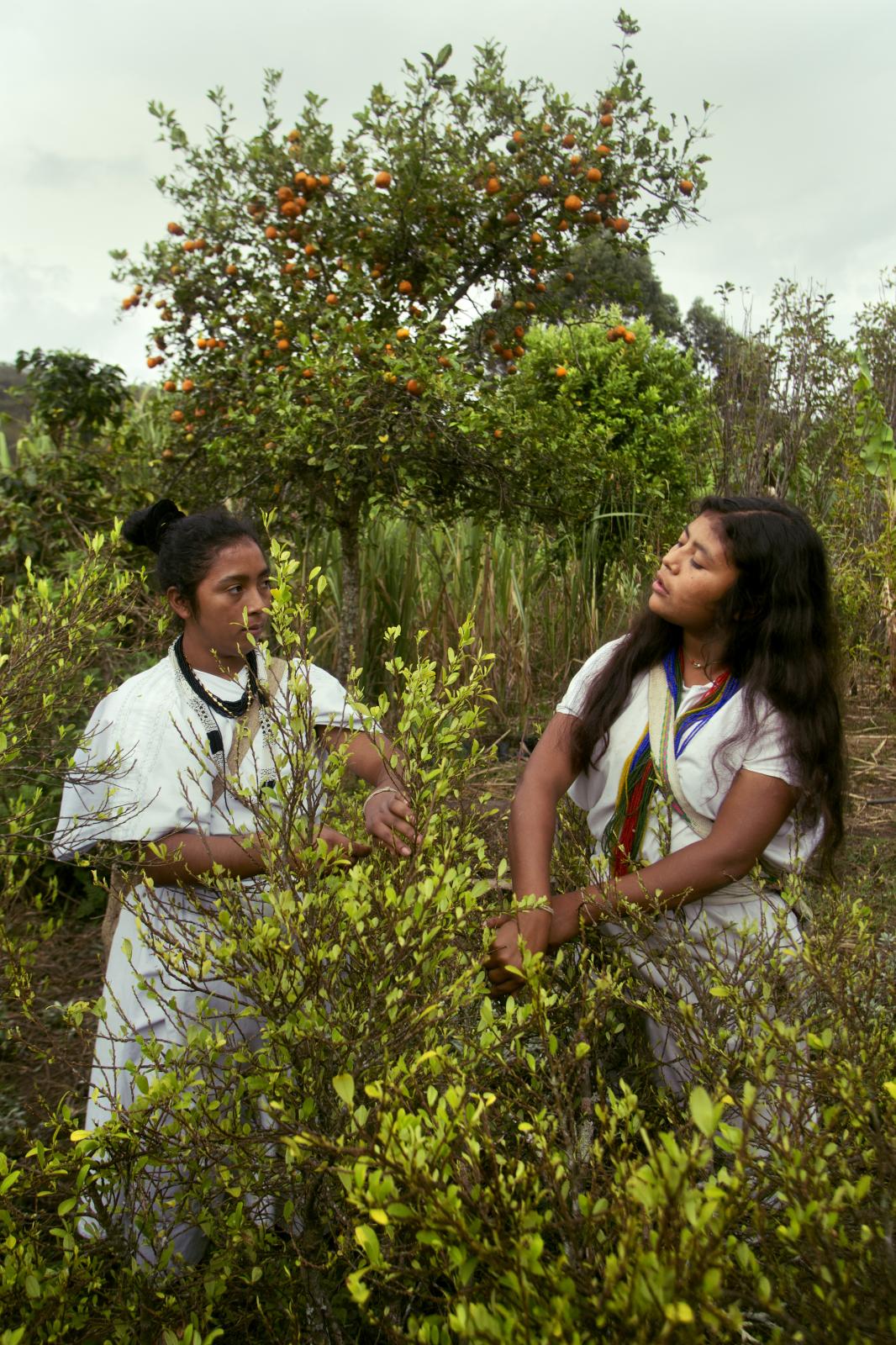
Nabusimake, Cesar, Colombia. Daniela Villafaña and his cousin of the...
READ ON
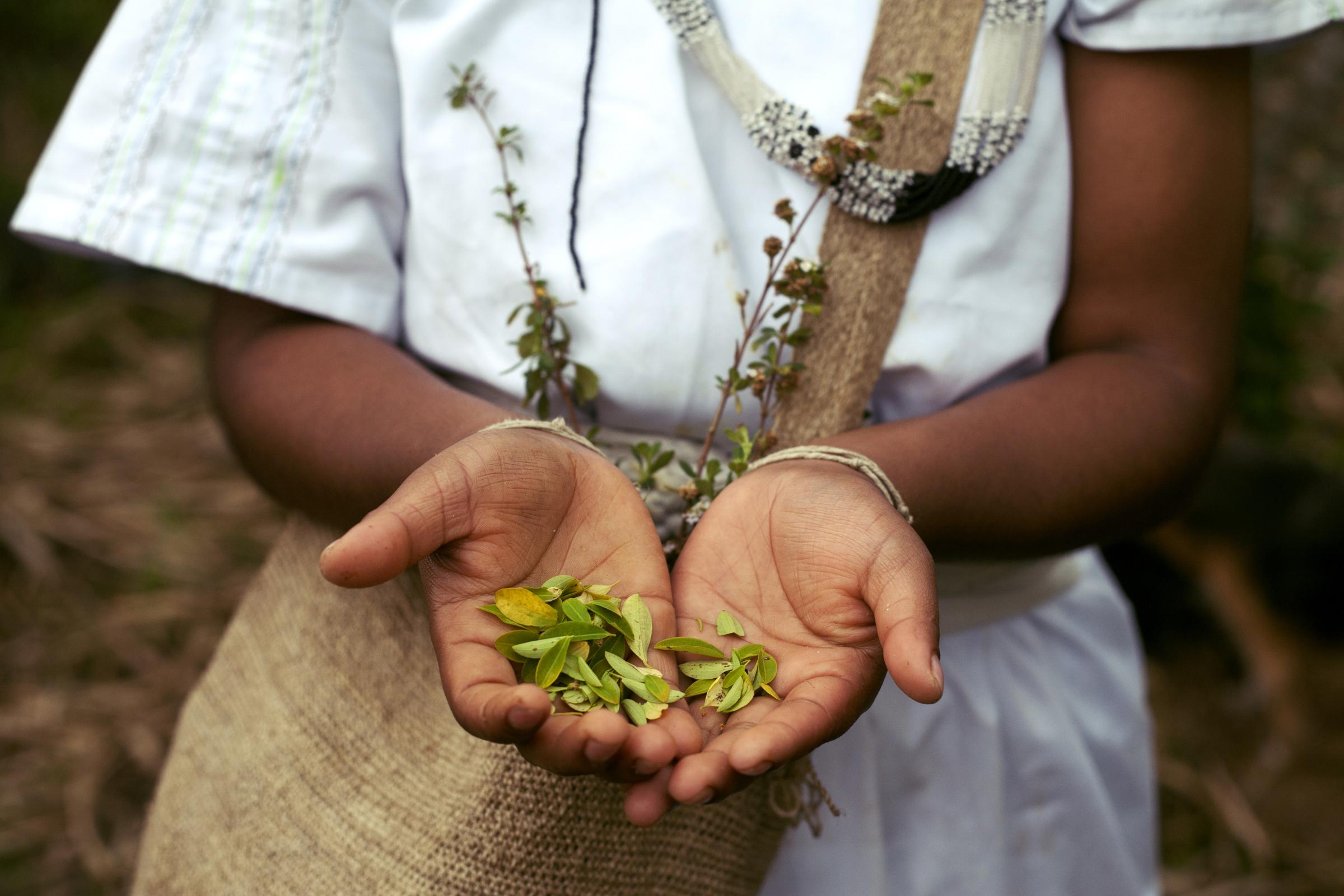
Nabusimake, Cesar, Colombia. Daniela Villafaña of the Arhuaca ethnic...
READ ON
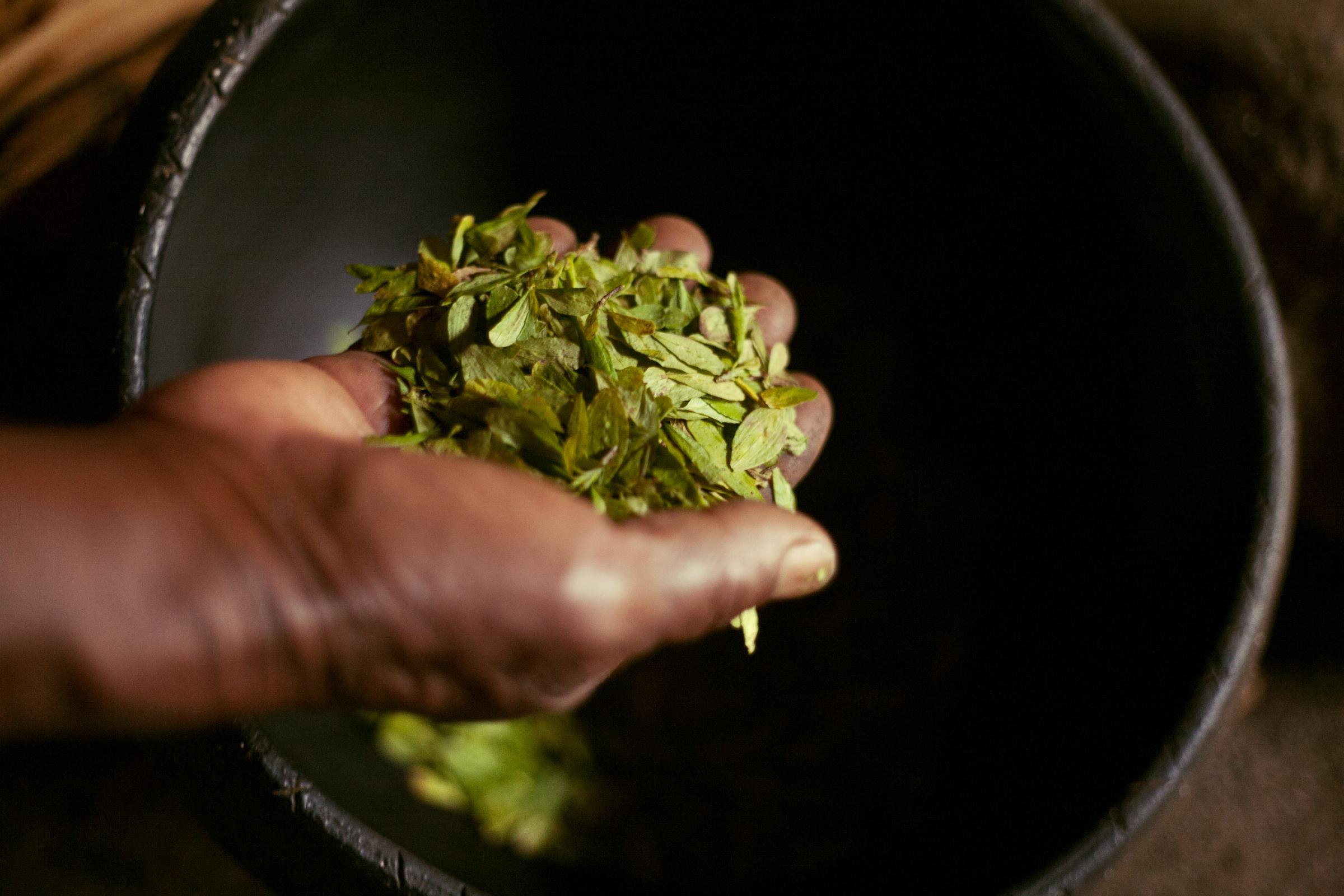
Nabusimake, Cesar, Colombia. Joaquín Robles, Daniela...
READ ON
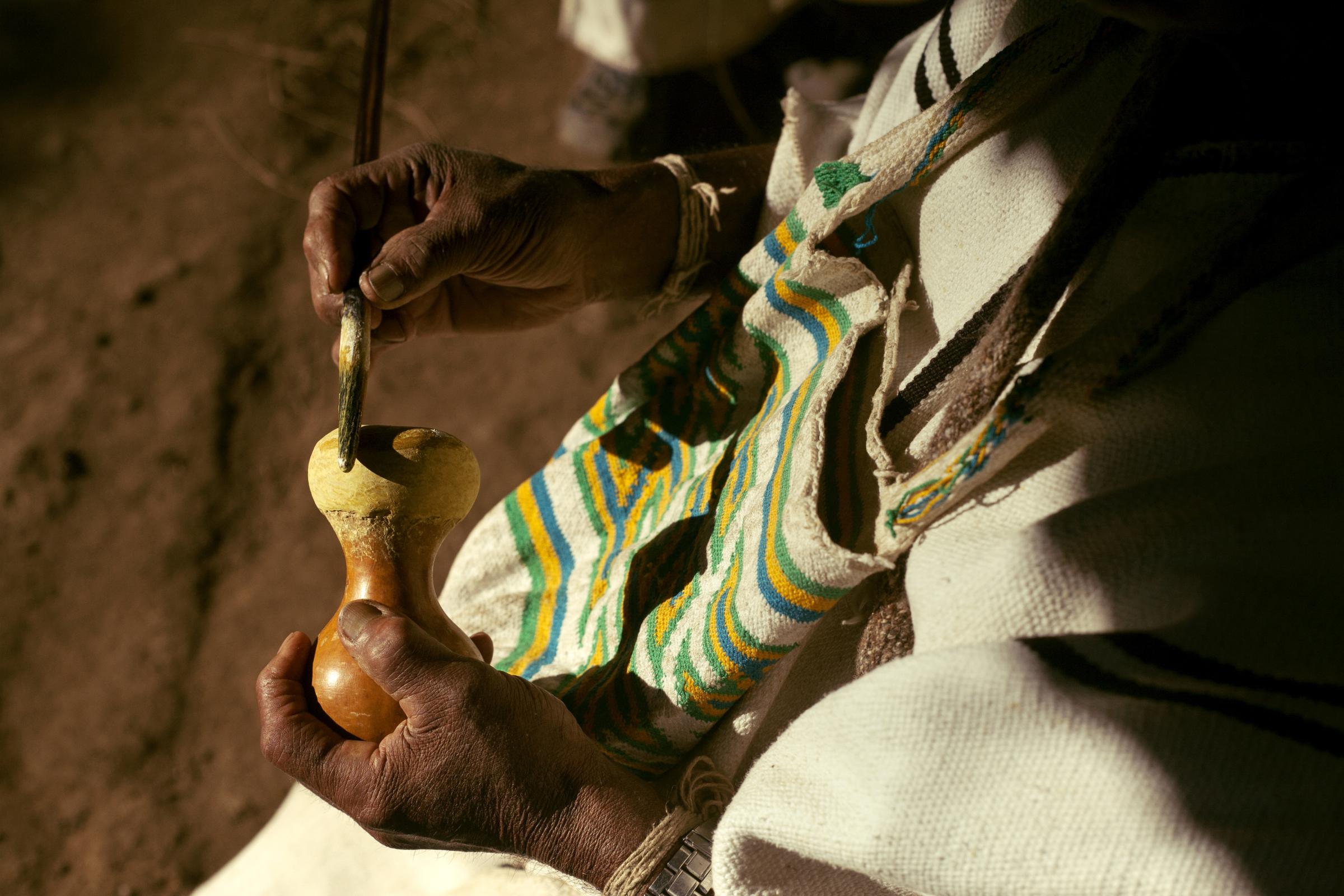
Nabusimake, Cesar, Colombia. Mr. Isaías Torres Villafaña...
READ ON
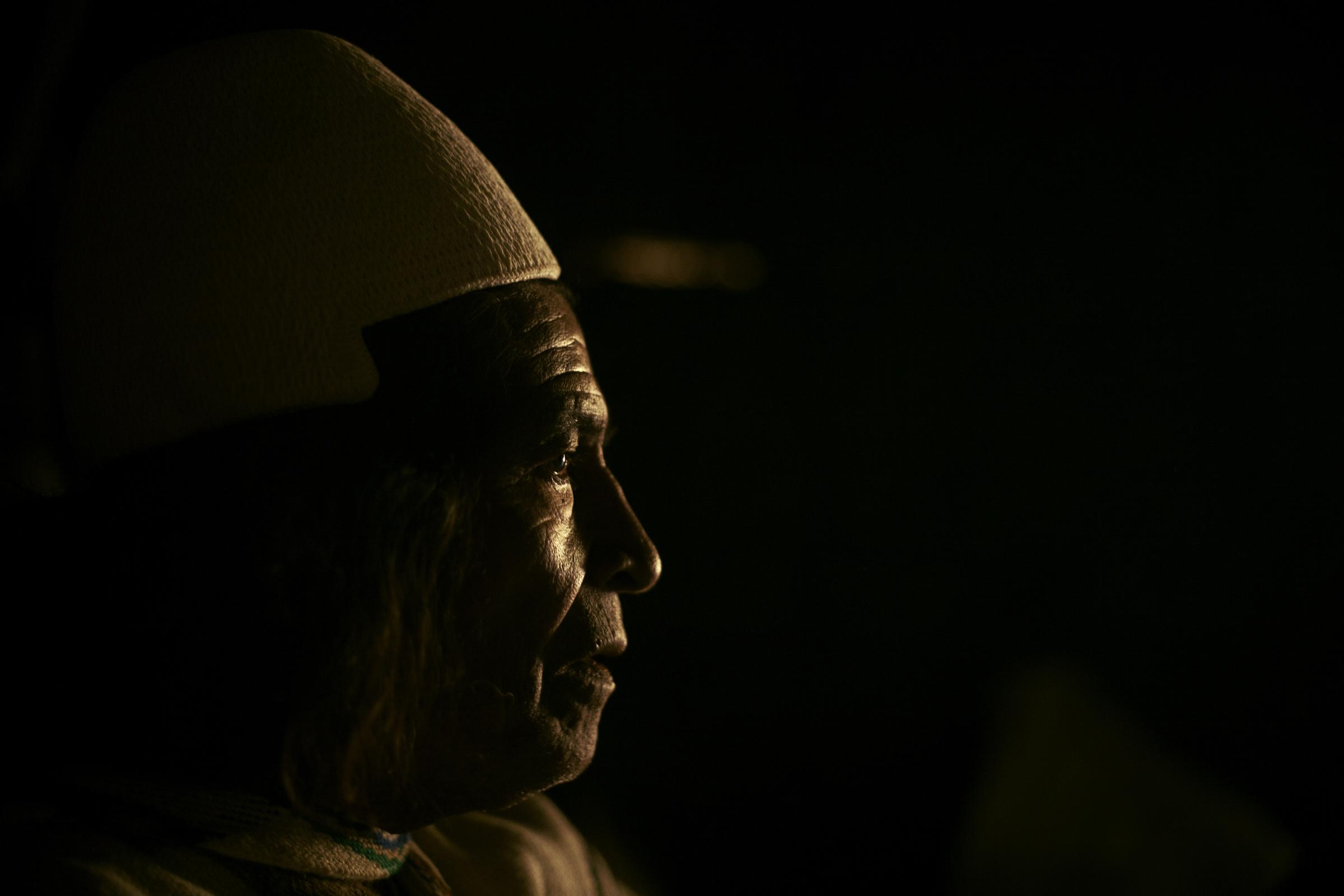
Nabusimake, Cesar, Colombia. Mr. Isaías Torres Villafaña...
READ ON
Around sixty thousand families grow coca in Colombia and total of five hundred thousand people live off the farming and poicking of the crop. It is the least profitable activity of the coca-cocaine trade market since coca farmer can receive as little as three thousand dollars a year per each hectare cultivated.
Coca growers and "raspachines" or "pickers", rely on cultivating coca to support their families. Lack of state presence and high levels of Unsatisfied Basic Needs (UBN) has pushed these communities to illegally grow coca; the war on drugs has further marginalized this population to the point where they are forcedly displaced and manipulated by violent groups.
With the recent declarations of the newly elected President Petro at the UN regarding the failure of "The War on Drugs", an opportunity arises to address this problem in a different way.
In the framework of the peace process signed with the FARC, voluntary eradications of the coca leaf matte are being implemented by the former growers of this plant, with limited successes.
The natives of almost all Colombia use the sacred plant of Coca, for their rituals and their daily life. They are part of the cultural heritage of these peoples and the war on drugs has affected them, since they have been left in the midst of political, economic and violent dispositions.